Most of us aren’t getting the nutrients we need every morning to blast fat all day. You can do better—and should.
A high-protein breakfast can lead to guaranteed long-term weight loss. Science proved it, according to the book Zero Belly Breakfasts. Of people who’ve lost 30 pounds or more, 80% kept the weight off by eating a high-protein breakfast every day, according to a study done by The National Weight Control Registry.
Read on for nutritionists’ picks for your worst breakfast habits and the mistakes you’re blindly making—and then try these best breakfast habits to drop 5 pounds and stock up on the healthiest foods to eat right now instead.
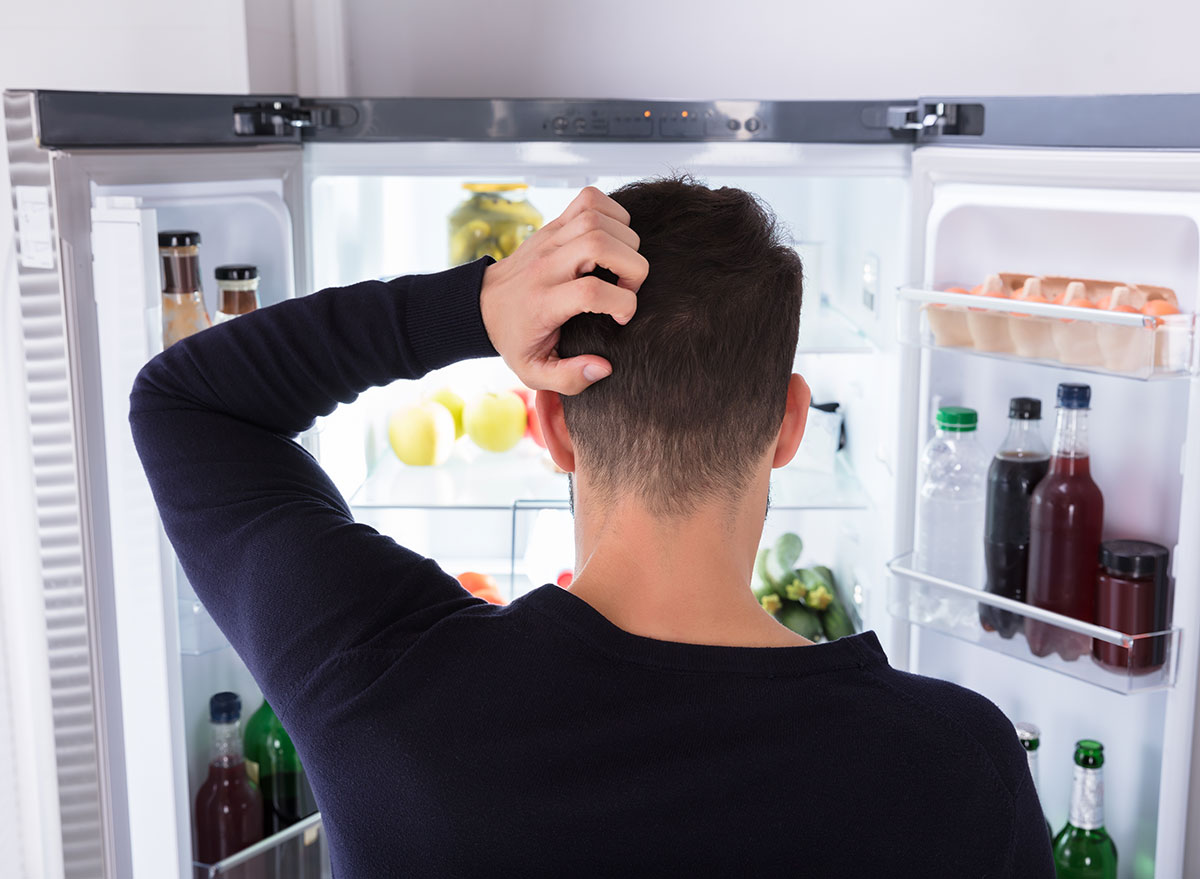

You’re told to eat as soon as you wake up, but it may lead to weight gain if you’re not hankering for a meal yet. Listen to your body: “Try tuning into your natural hunger/satiety signals and have breakfast only once you are truly physically hungry. Your body knows best about how much and when you need to eat,” says Julieanna Hever, MS, RD, CPT, a plant-based dietitian, and author of The Vegiterranean Diet and The Complete Idiot’s Guide to Plant-Based Nutrition. Don’t wait until you’re starving, though; this can lead to poor choices and overeating. If you’re in the mood for something refreshing and not too “heavy-feeling” try one of these smoothie recipes for weight loss!


No newsflash here, but worth a cautionary reminder: “Starting the day with a large high-fat, high-sodium breakfast will give you a bloated belly and you will feel sluggish all day!” exclaims celebrity nutritionist Lisa DeFazio, MS, RDN. “It takes a lot of work for your body to digest those calories and you will be sleepy, bloated, and unproductive. Skip the ‘grand slam’ with eggs, bacon, sausage, pancakes, hash browns, [and so on] and your belly will thank you!” And when you’re out to eat, be sure to stay away from the worst restaurant breakfasts in America.
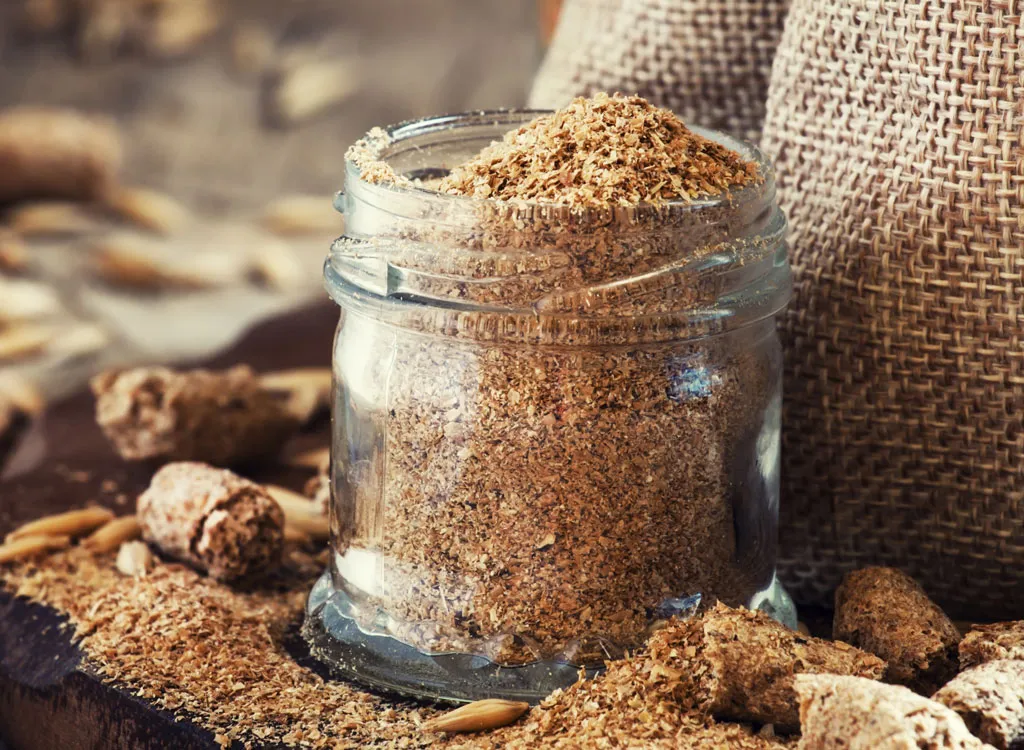

“Eating large amounts of fiber in the morning will make you gassy,” warns DeFazio. “Yes, fiber is important, but don’t overdose on it. A large amount at one sitting will make you very bloated and gassy by mid-morning. [Make sure to] drink a lot of water when you eat fiber to move it through the digestive tract. Otherwise, it can get stuck!” And be sure to steer clear of the worst “fiber-rich” foods for weight loss, many of which beckon from grocery shelves and claim to be the star in your morning meals.
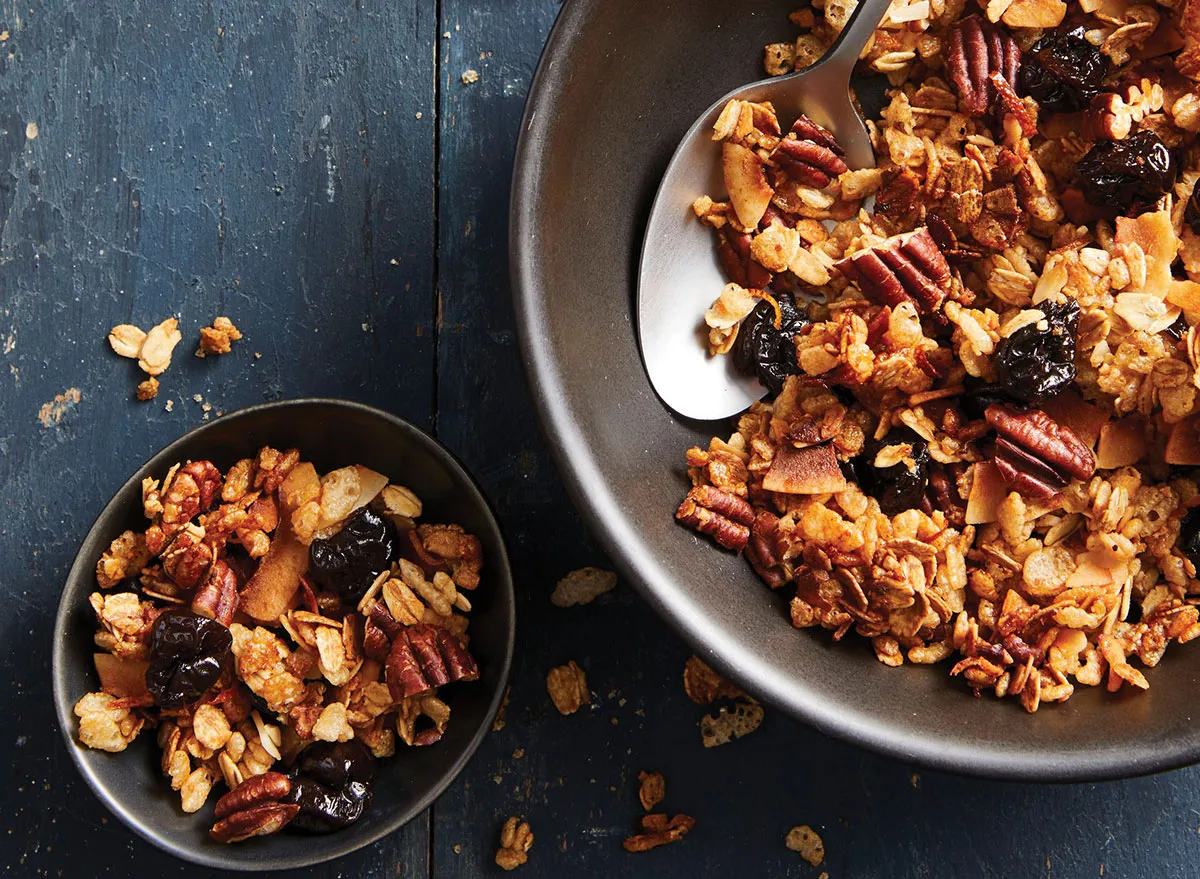

“This seemingly-innocent food is almost always loaded with added sugar,” cautions Lisa Hayim, RD, and founder of The Well Necessities. “In fact, most companies use synonyms or alternative words for plain old ‘sugar’ to disguise it. When choosing a granola, look for a ‘no sugar’ added and steer clear of coconut sugar, agave, and even evaporated cane juice.”


So, maybe your New Year’s Resolution was to keep up with current events better. Sorry folks, still not a good excuse to turn on the tube while you eat. “Being focused on the TV takes away the mindfulness of eating and the appreciation of the flavors and textures of the foods you’re putting in your mouth, as well as the size of the portions that you’re eating,” say The Nutrition Twins, Lyssie Lakatos, RDN, CDN, CFT and Tammy Lakatos Shames, RDN, CDN, CFT, and authors of The Nutrition Twins’ Veggie Cure. Instead, take the time to eat slowly and mindfully, chewing every bite consciously and sans distraction from the ol’ tube.
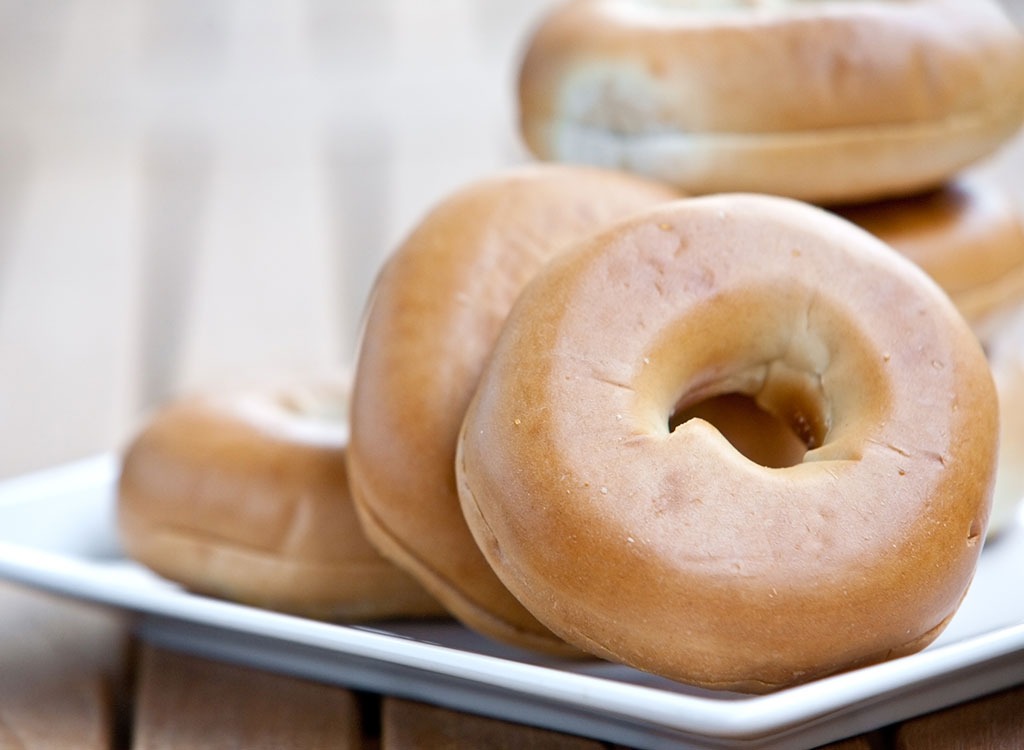

“Most people realize a carb-loaded bagel with a smear of cream cheese may not be the healthiest option because it typically contributes in excess of 500 calories. But even if you’re only eating a healthy bowl of oatmeal or a plate of fruit, it still backfires,” explains The Nutrition Twins. “You digest carbs in several hours, and without protein to provide longer-lasting satiety, you’ll be starving by mid-morning. Also, once you’ve digested the carbs without a source of protein, your blood sugar quickly drops and you’ll crave a pick-me-up, likely in the quickest form you can get it—sugar!” What to do instead? Choose fiber-filled carbs and be sure to have a lean protein with it. Both will keep blood sugar levels stable and keep you feeling full longer so you don’t find yourself at the vending machine mid-morning. The perfect example would be a small bowl of oatmeal with eggs or with Greek yogurt.
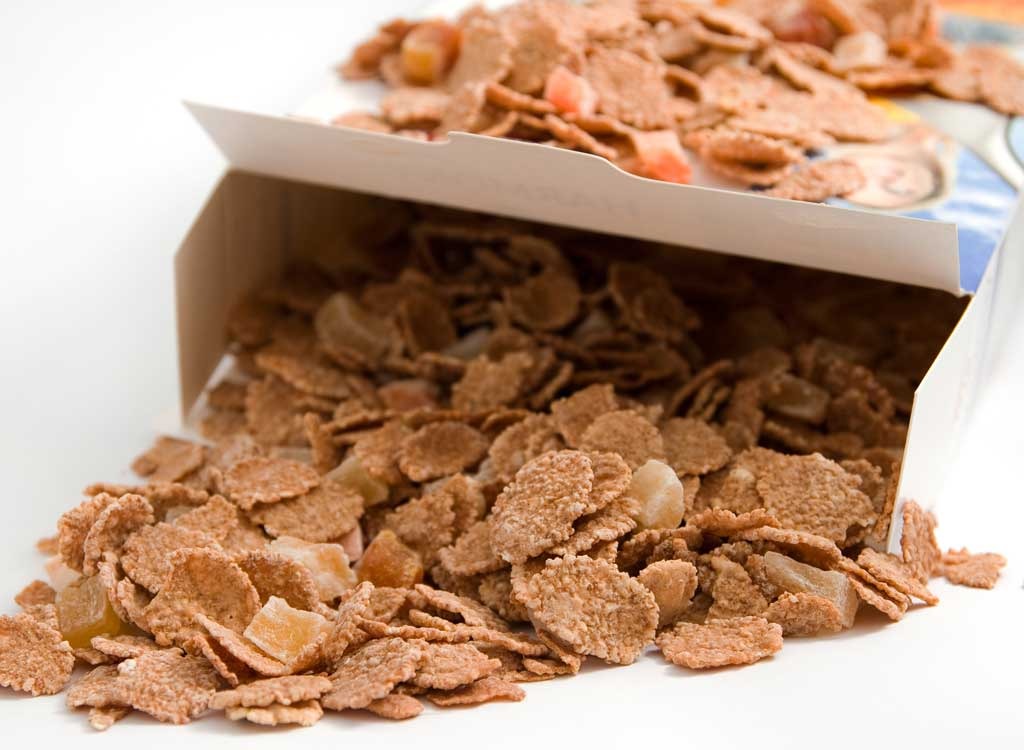

Whether you skip the bowl because you’re just chillin’ on the couch with the Today Show crew or because you’re too rushed to bother with dishes, sticking your hand in a cereal box is a big no-no. “When you do this, portion control is non-existent because it’s nearly impossible to even know how much you consume,” advise The Nutrition Twins. “A box can hold 10 servings or more. And even if you have three servings, you probably won’t know it since it doesn’t make a huge dent in the box. It’s far too easy to eat hundreds of calories unknowingly.” Carve out time to set a place at the table and eat from a bowl with real utensils. Here’s more proof that mindful eating is key to weight loss.
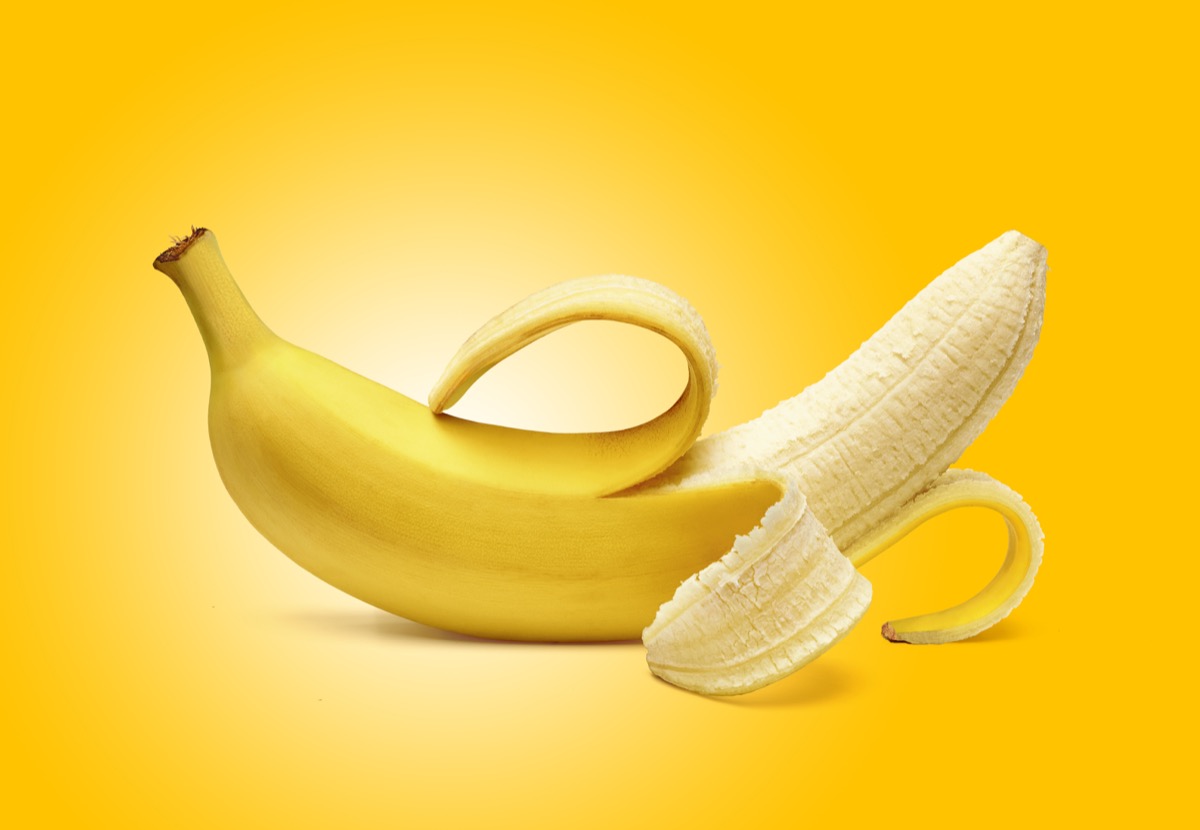

Think you’re making the virtuous choice? Beware. “Yes, fruit is healthy and rich in antioxidants, but if you don’t add protein to the mix, you’ll be distracted by your hunger an hour or two later,” explain The Nutrition Twins. “This will more than likely result in you needing to make a desperate trip to the vending machine where you may grab the first thing you see.” Consider these 19 High-Protein Breakfasts That Keep You Full for plenty of a.m. ideas!
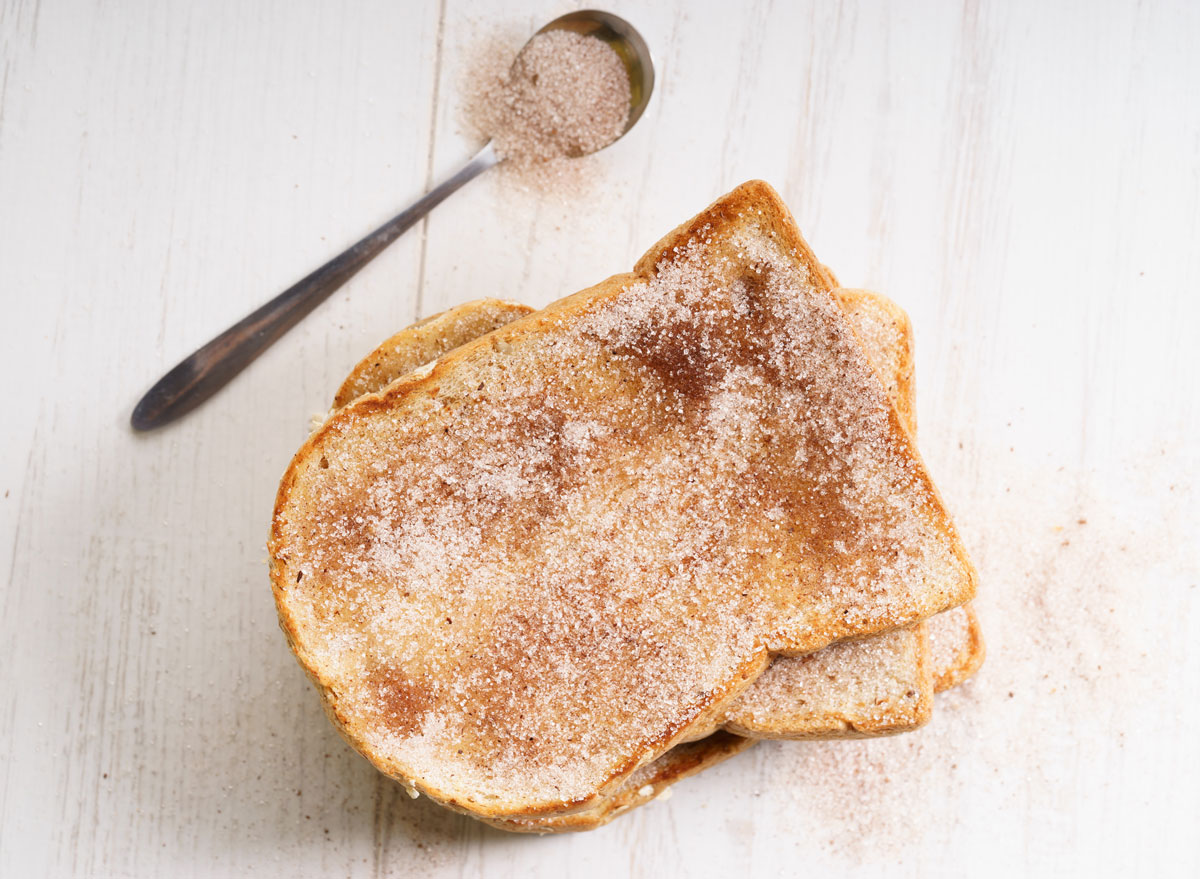

Beyond just a low-fat yogurt, it’s also important to avoid maintaining a low-fat breakfast regime in general. “Our brains are mostly fat and yet health-conscious people trying to lose weight will cut fat to cut calories. But you need to remember that fat enhances satiety which keeps you from wanting food for longer,” advises Rebecca Scritchfield, RDN author of Body Kindness. “We also need fat to absorb certain vitamins—A, D, E, K—that play powerful roles in our body functions, from eyesight to metabolism. So, bring back butter (on your veggies)!”
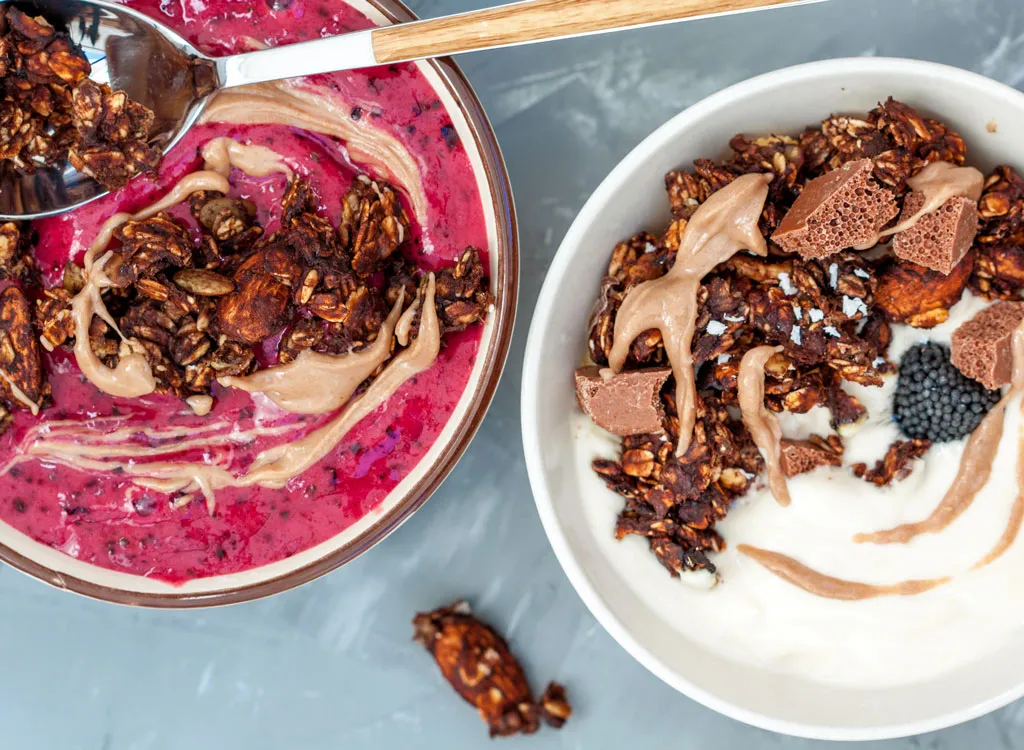

We know, we know, they’re Instagram gold—but they may not always be as healthy as you assume. “If you’ve jumped on the smoothie bowl for breakfast bandwagon, you can easily sabotage your healthy eating goals by succumbing to portion distortion. It’s easy to go overboard with smoothie bowl portions and toppings,” cautions Liz Weiss, MS, RD of Meal Makeover Moms. “Keep portions to about one cup and be mindful of toppings by going heavy on the fresh fruit but keeping the higher calorie coconut chips and nuts to a small handful.”
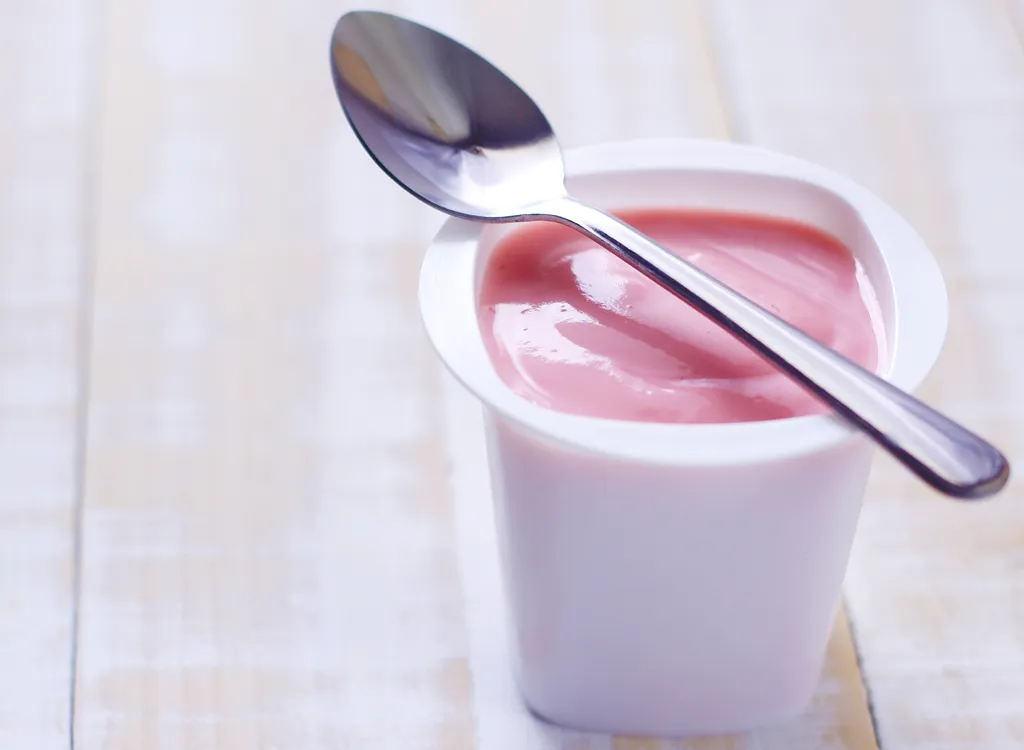

“While yogurt, in general, can be a good source of protein, calcium, and probiotics, those benefits are canceled out by the high sugar content if the yogurt is flavored,” offers Rebecca Lewis, RD for popular meal-kit delivery service HelloFresh. “If you do enjoy yogurt, opt for a non-flavored one and select Greek yogurts, which are typically lower in sugar and higher in protein.”
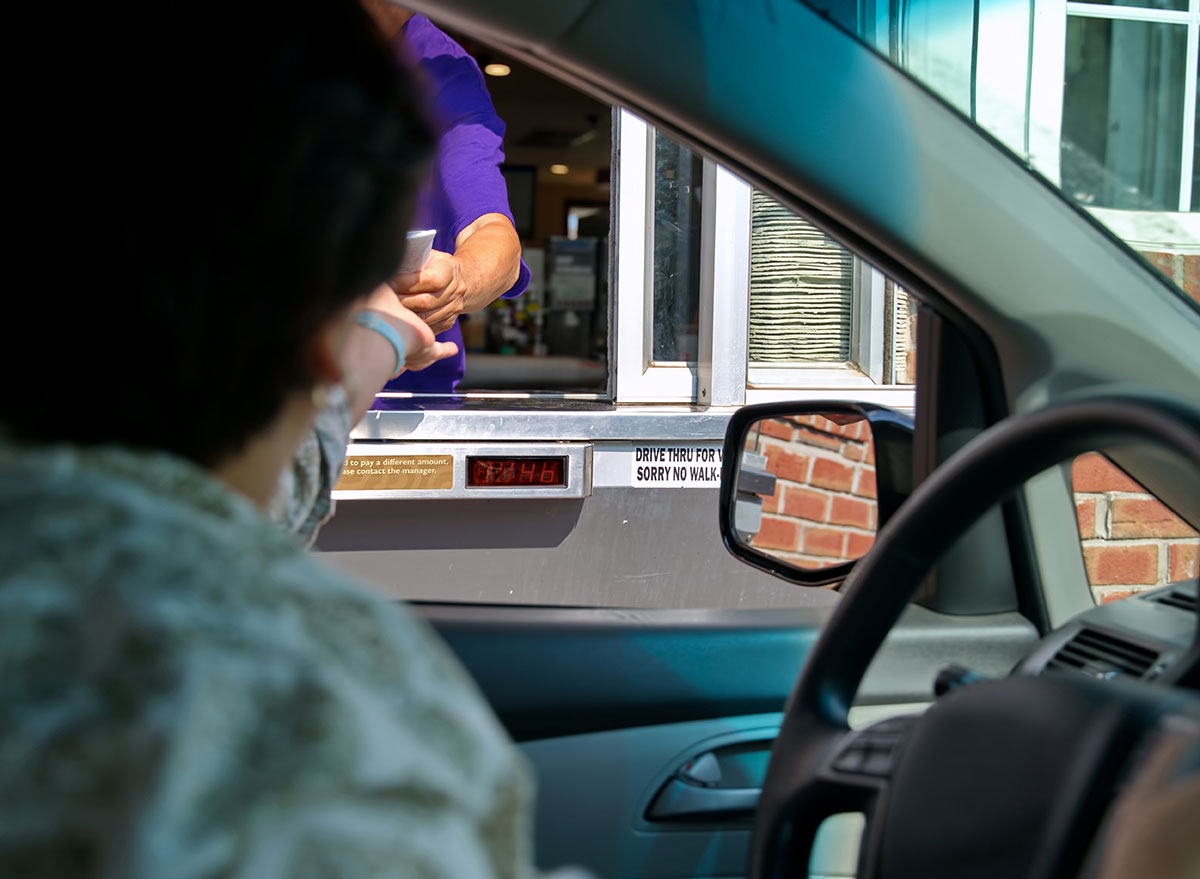

“If you go to a fast food joint [to grab a breakfast sandwich], you’ll get roughly 300 extra calories more than a breakfast you’d eat at home. And if you do this three times a week, you’ll gain eight pounds over the course of a year,” caution The Nutrition Twins. “Plus, you’ll typically eat excess sodium from the fast food joint, which means you’re now starting your day doing a number on your heart and feeling bloated.” You’re better off opting for a low-sodium fast food order.
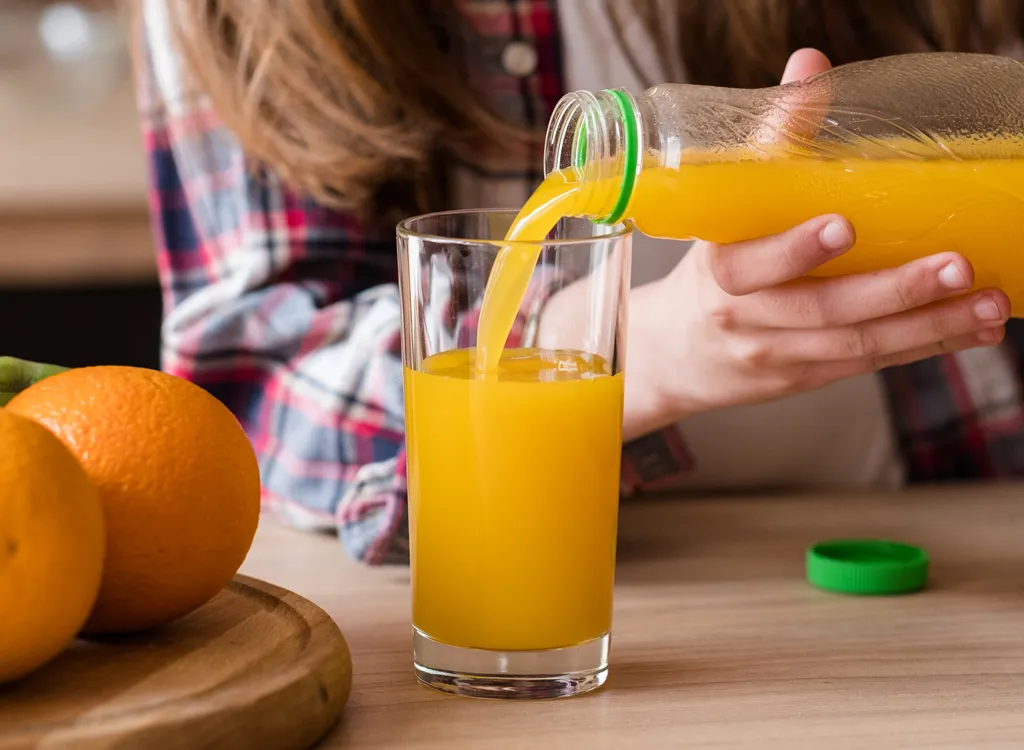

Ever notice you can chug a whole liter of apple juice but you can’t exactly eat three apples in one sitting? “While we all need to eat more fruits and veggies—and fruit juice does have fruit in it—what’s missing is all the fiber that would normally go along with the fruit,” says Lewis. “Even with a 100 percent fruit juice, what you end up consuming is a high-calorie and high-sugar drink, even with small four-ounce portions!”
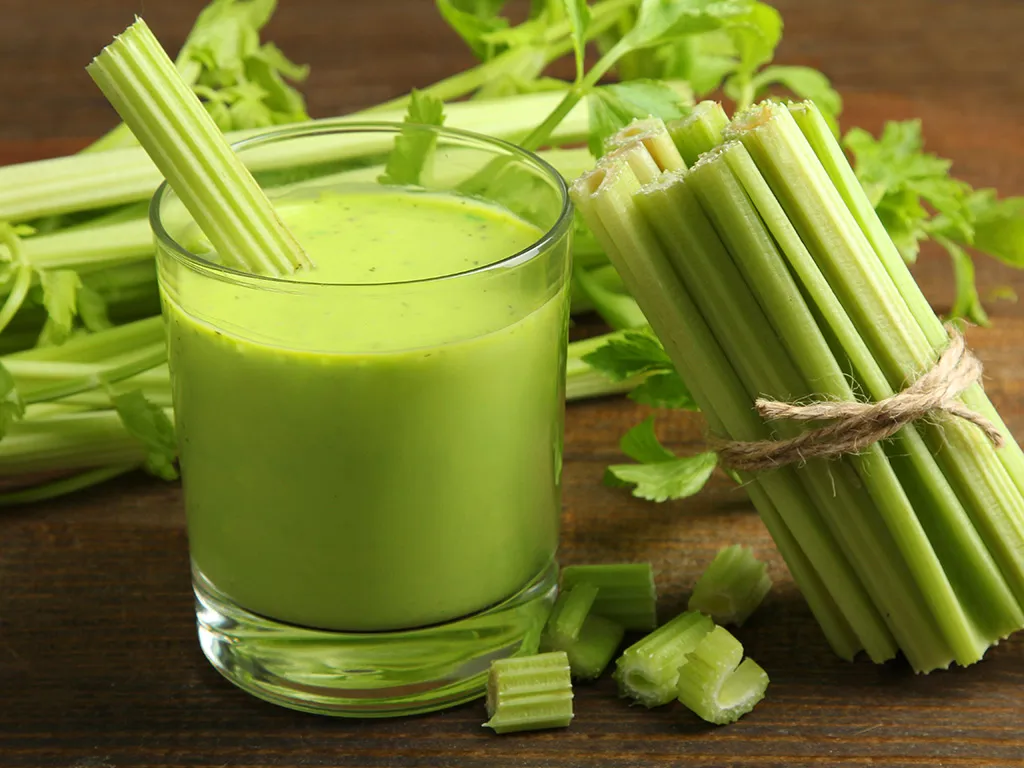

Overeating later in the day because of post-breakfast hangry-ness? No thanks. “Green juice is a great way to get vitamins, minerals, and nutrients, but if your juice only includes a handful of healthy veggies, the chances are good that it’s not going to keep you satisfied or give you the energy you need to get through your day,” share The Nutrition Twins. “You’ll feel tired and crave more food as the drink will lack protein and typically fiber, which are two things you need to stay satisfied.” P.S. By all means, sip on healthy green juices (like these ones!) but just make sure you pair it with protein and fiber for a balanced meal.
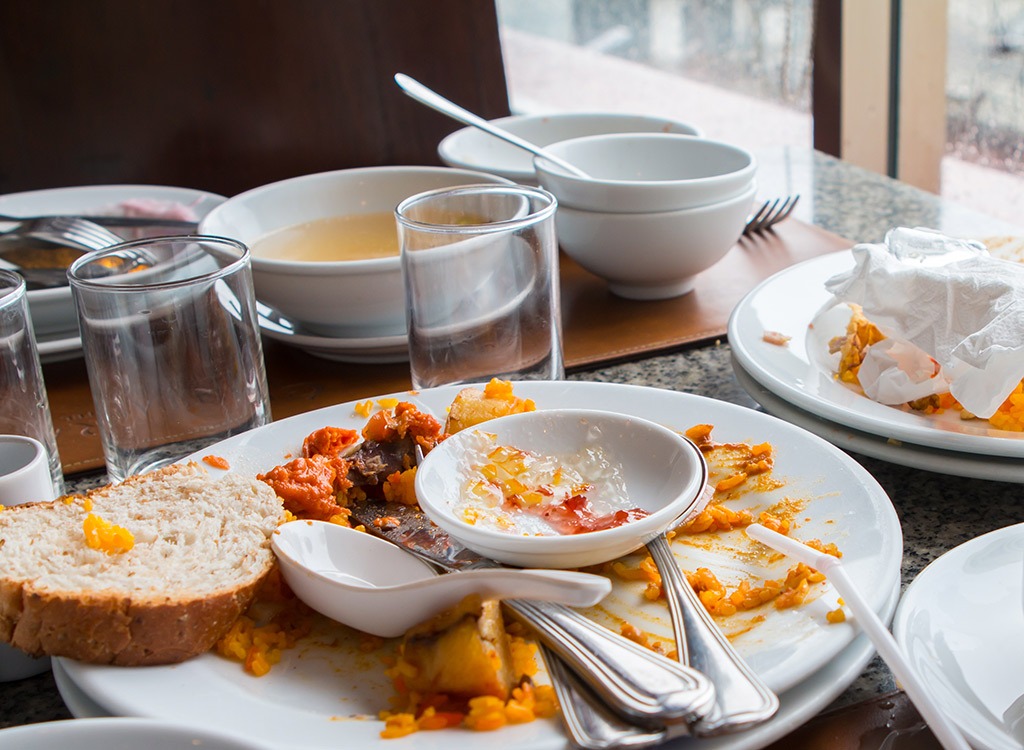

“If you are rushing through the morning, you might need to slow down! It takes time for the signal from your stomach to get to your brain that you’ve just eaten. Slow down, put your fork down between bites, try to stretch your meal to be a full 20 minutes, and stop eating when you’re medium-full,” advises Lewis. If all you’re eating is a quick nutrition bar while on the goal, try eating and chewing it more mindfully as well.
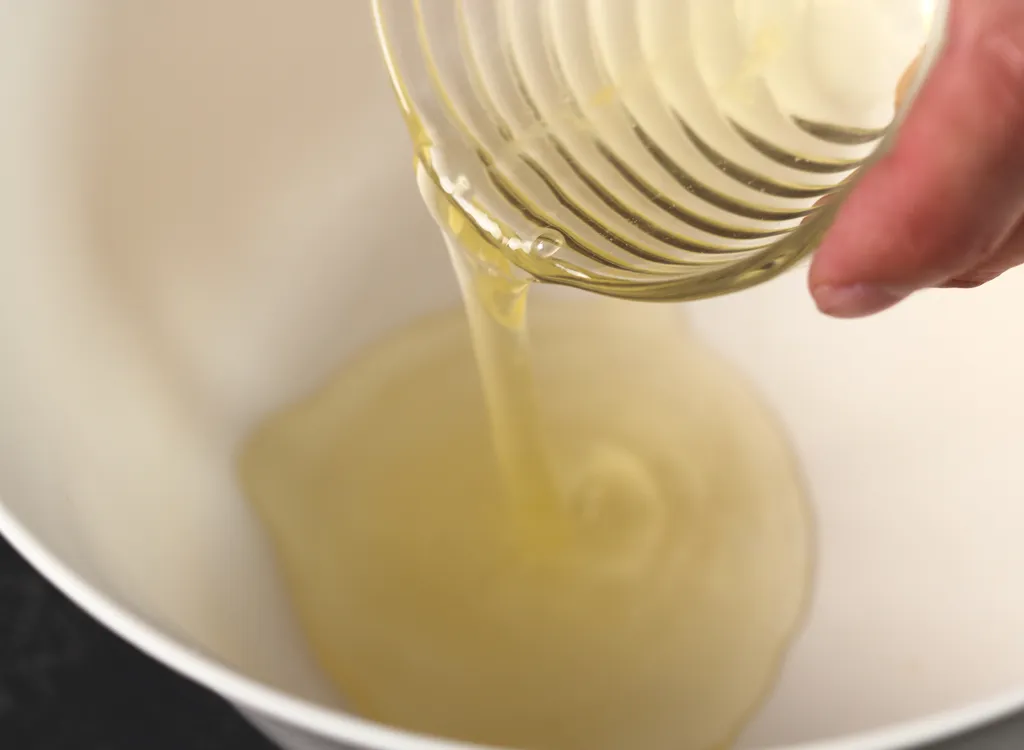

It’s time to put the sunshine back in your eggs with the omega-3-rich yolks. They’re a great source of fat-burning choline and vitamin D, which has been linked to reducing belly fat. Looking to spice up your morning eggs? Check out these The Secret Thing You Never Thought to Do With Eggs.
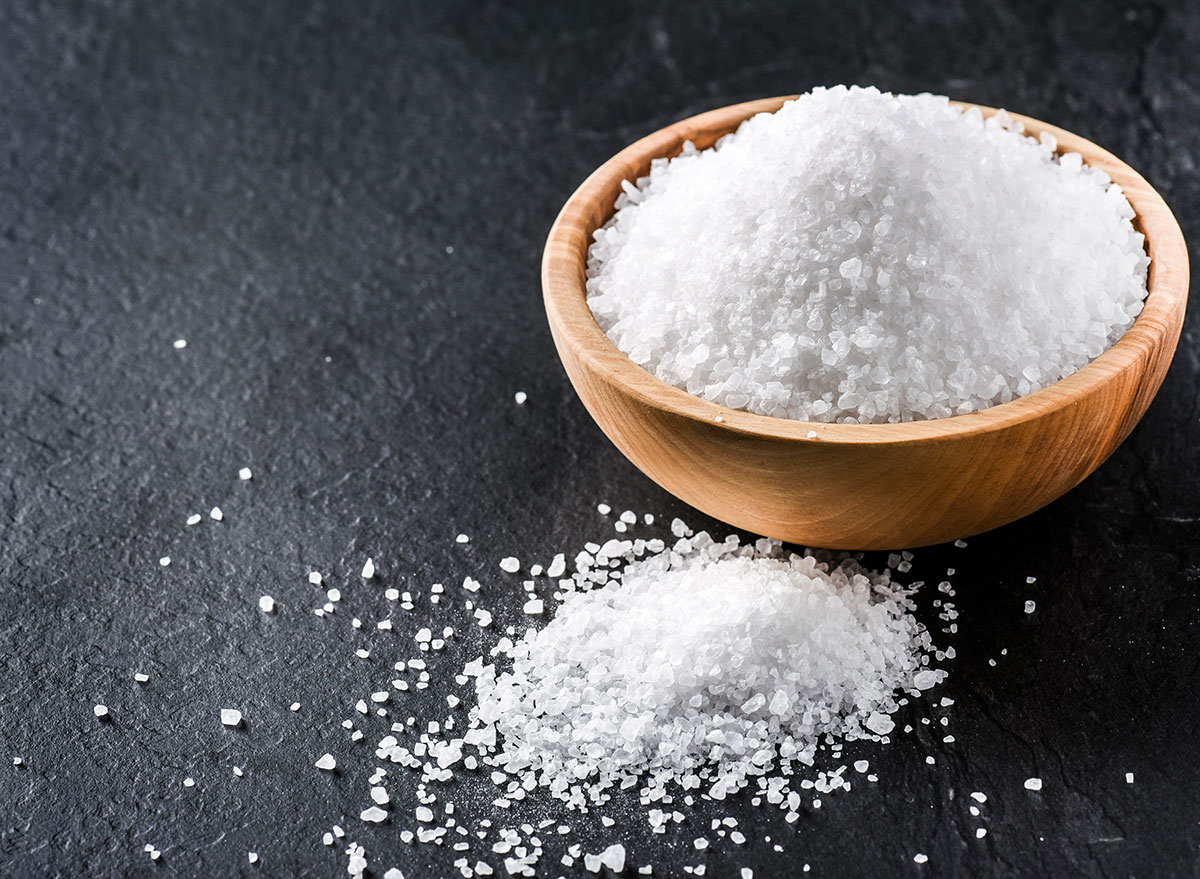

It’s time to cut the salt already, suggests Hayim. “So many of our favorite breakfast options are loaded with salt. Hash browns, quick-cook oats, bacon, and even eggs (prepared in restaurants) can be loaded with sodium. Sodium causes you to retain water, which leaves you bloated from the start of the day,” says Hayim. Ignoring the sodium content in food is one of the most common mistakes people make. Just like added sugar, sodium can sneak into a variety of foods, and consuming too much of it can put you at risk for high blood pressure, heart disease, and stroke.
If you like to give your eggs or oats more flavor, try jazzing them up with red chile pepper flakes, paprika, cayenne or even turmeric or powdered mustard.
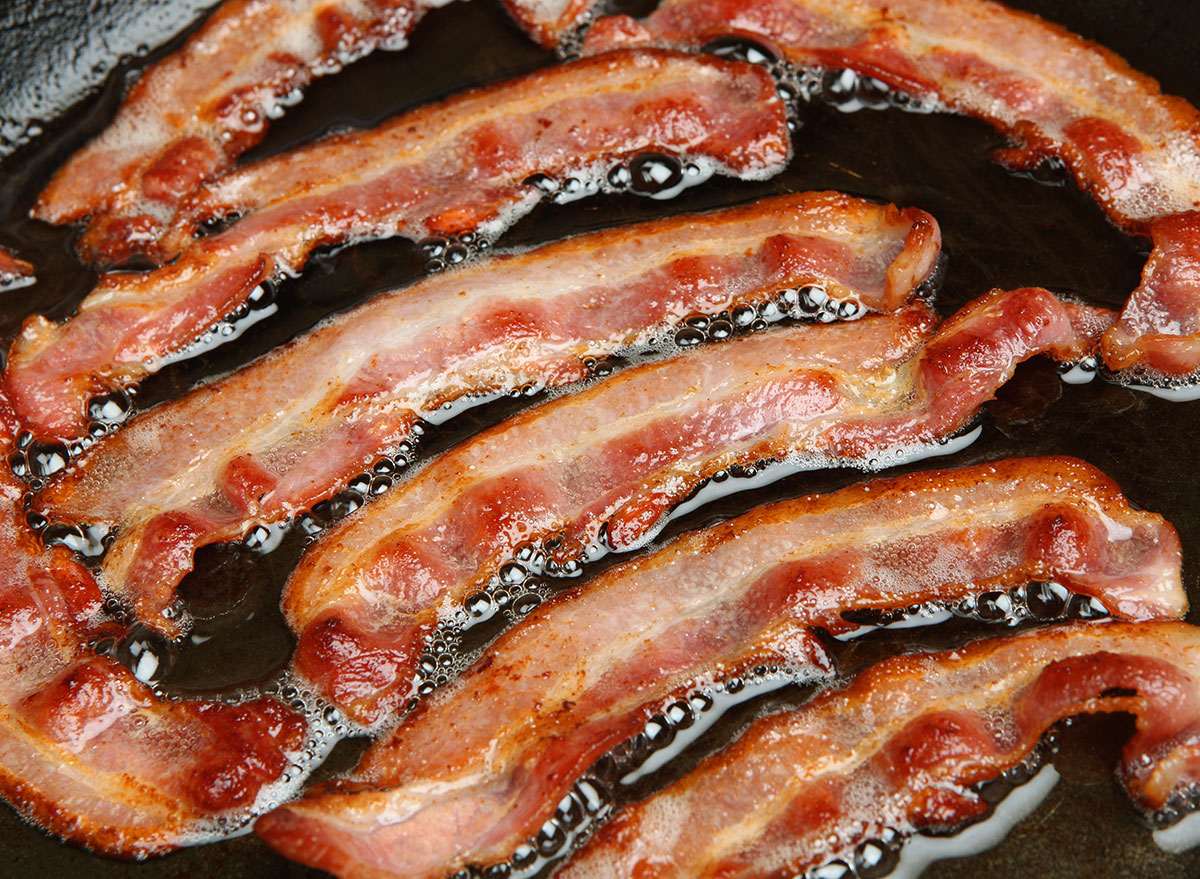

Just because it’s “traditional” doesn’t mean it’s safe. “[Eating these kinds of foods] will not only promote bloat and fat gain, but will cause postprandial lipemia—a temporary condition where your blood is thickened from the fat, cholesterol, and free radicals floating around your arteries. Doing this regularly promotes weight gain, obesity, and cardiovascular disease,” says Hever. “Instead, try a healthful tofu scramble and tempeh bacon, which contains zero cholesterol and healthful fats or a big bowl of oatmeal with flax seeds and berries so that the hefty dose of fiber will help you lose weight, stay trim in the long run, and keep you full for longer.” If you claim you don’t have time in the morning, then refer to this amazing list of healthy breakfast ideas!


“I’m not skipping breakfast,” you say. “I’ll just have coffee!” Not so fast. “Just a cup of coffee does not make a meal. If you want to avoid being hangry, then you need energy—and not just caffeine,” says Scritchfield. “I like to put smoothie ingredients in a blender and refrigerate it overnight so it’s only three minutes out of my morning and I can sip it on the way to work. If preparing food isn’t an option, at least make it a grab-and-go meal.”
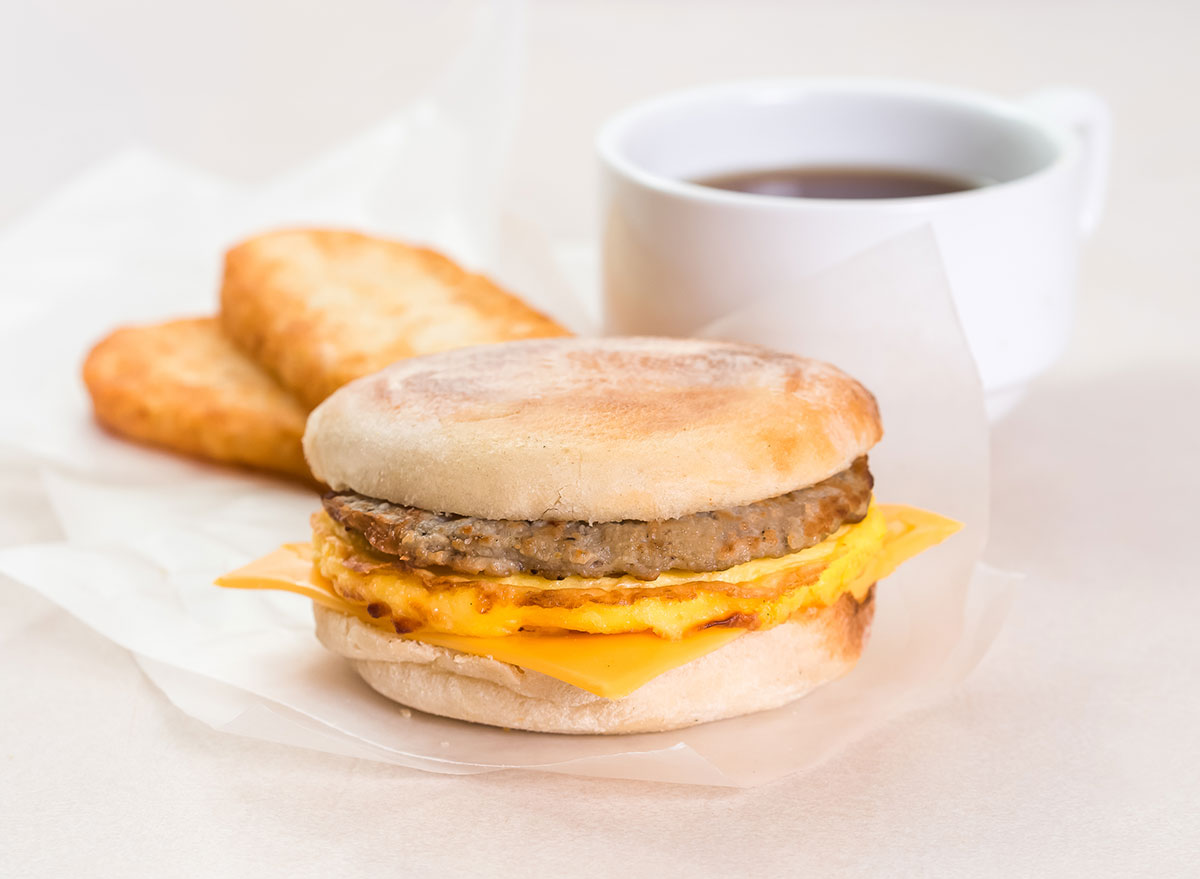

Picking up the combo or value meal at the drive-thru is the difference between tacking on an extra 100 calories and not. Breakfast combo meals often include more than one menu item, whether it’s a breakfast sandwich with a side of hash browns or a platter of scrambled eggs, bacon, hashbrown, and biscuits with gravy. You’re better off ordering foods individually, so you won’t consume extra calories.
READ RELATED: Liver Disease Ups Diabetes Risk


Cuppa coffee or tea, that is. “A healthy cup of coffee can [contribute to pound creepage] if you add sugary, fatty creamers. Instead, try switching to a sugar-free soy milk, hemp milk, almond milk, or oat milk. After a few days, your taste buds will adjust and you won’t miss the calorie-laden, health-harmful sugar and fat,” says Hever.
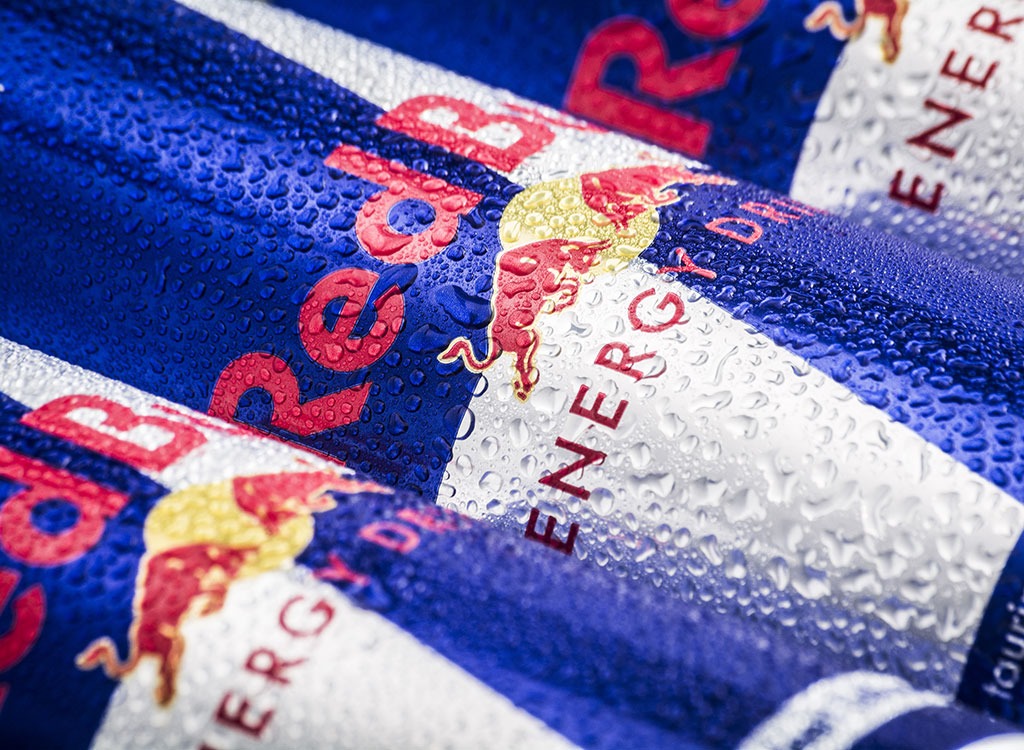

Put down that can of chemicals or bottle of sugar water, stat! If you’re not a coffee fan and need an instant wake-me-up, then what you need to find is your perfect tea. “I’m a huge fan of matcha, which is a really potent green tea,” says food journalist Kelly Choi, author of The 7-Day Flat-Belly Tea Cleanse. “And if you don’t have the patience for piping-hot tea to cool or you’re more of a smoothie person, tea smoothies are awesome options, too!”


Not only is skipping breakfast a risky move because it may lead to overeating, metabolism drops, and more, hitting the snooze button is doing double damage. You’ve already interrupted your sleep with your alarm, so you might as well get up and get nourished. “[Pressing the snooze button can] negatively affect your hormones—including growth factor and cortisol—which unfavorably influences belly fat,” say The Nutrition Twins, Lyssie Lakatos, RDN, CDN, CFT and Tammy Lakatos Shames, RDN, CDN, CFT, and authors of The Nutrition Twins’ Veggie Cure. “Don’t set your alarm intending to hit snooze time after time. Set your alarm for a little bit later and get up as soon as your alarm goes off. This may be a little bit difficult at first, but you’ll appreciate a little extra sleep, as will your waistline.”
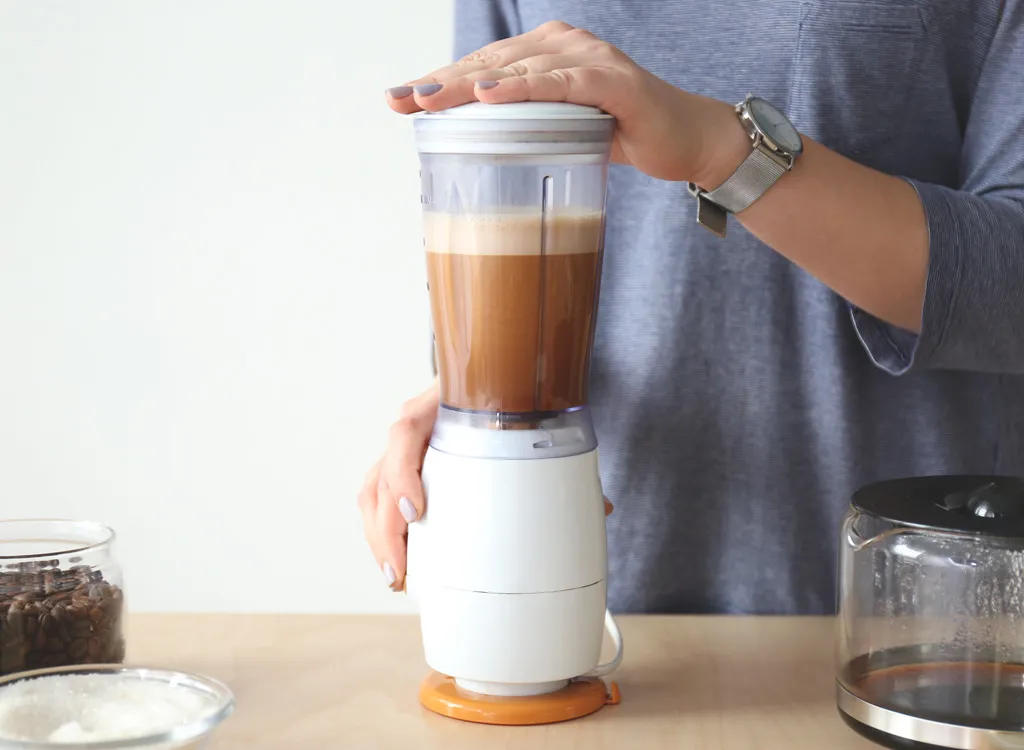

Coffee on its own isn’t bad for your waistline and the caffeine may even help you to work out harder and burn a few extra calories. “But trendy bulletproof coffee supplies very few nutrients and a whopping 441 calories—80 percent of which is artery-clogging saturated fat—which certainly isn’t good for your waistline,” say The Nutrition Twins. “Although it’s recommended instead of breakfast, it replaces a typically nutrient-dense meal that contains antioxidants, fiber, and nourishment like oatmeal, a hardboiled egg, and berries. Bulletproof coffee has no fiber or protein, both of which are top recommendations as part of a breakfast that provides long-lasting satiety.” We’re thinking this coffee trend is as serious a pass as the recent scrunchie revival.
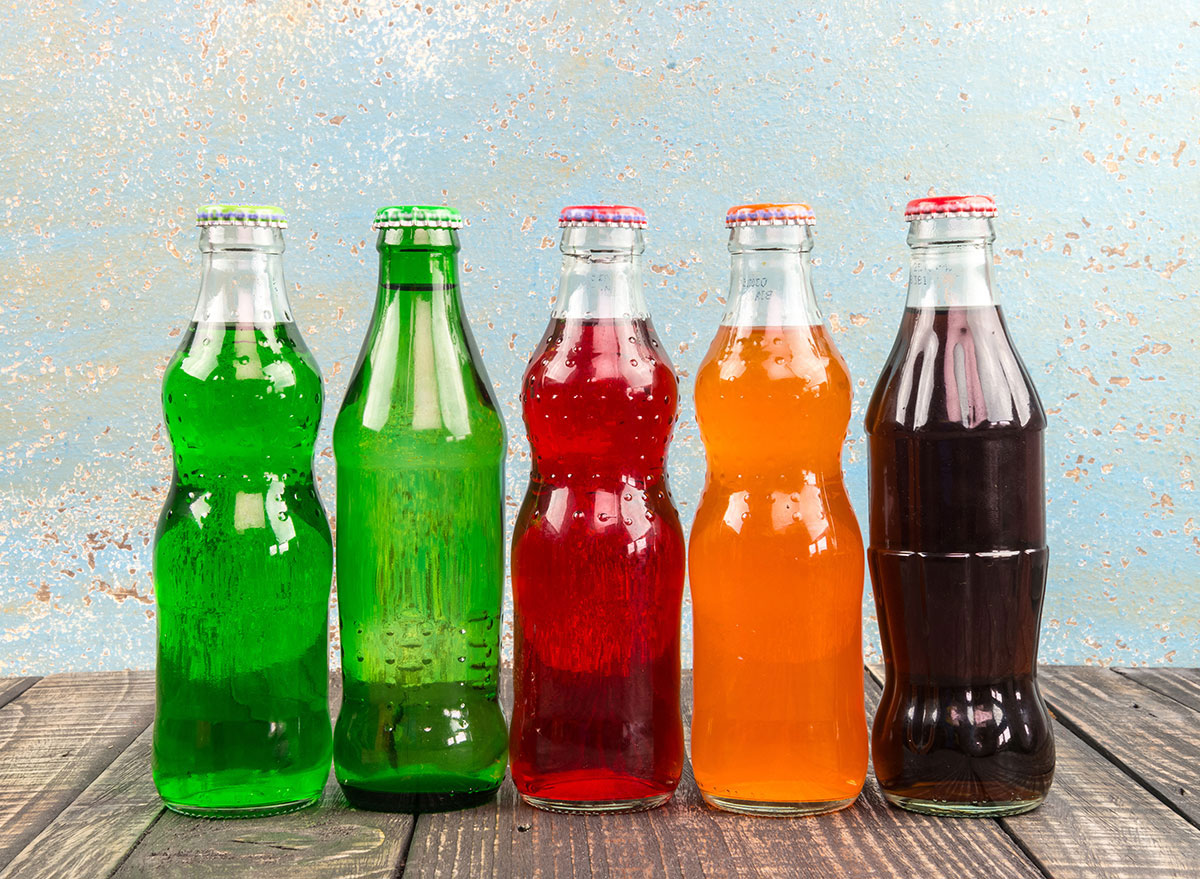

Just ew. But hear us out. “While you may like turning to soda for something sweet and you enjoy the quick pick-me-up from the caffeine and sugar, soda’s completely devoid of nutrients. Plus, the sugar and the caffeine can cause a sugar high followed by a crash that sends you into a frantic search for more food,” say The Nutrition Twins. “This can lead to overeating. Not to mention, drinking soda on an empty stomach can cause tummy troubles and irritation and contribute to everything from indigestion to ulcers!”


We get it—sometimes we are too tired, too lazy, and too hungry for anything other than leftover pizza or birthday cake. “But don’t do it!” Urges DeFazio. “Think about how you will feel all day! The fat and salt from the pizza and sugar from the cake are recipes for bloating, fatigue, and blood sugar ups and downs.”
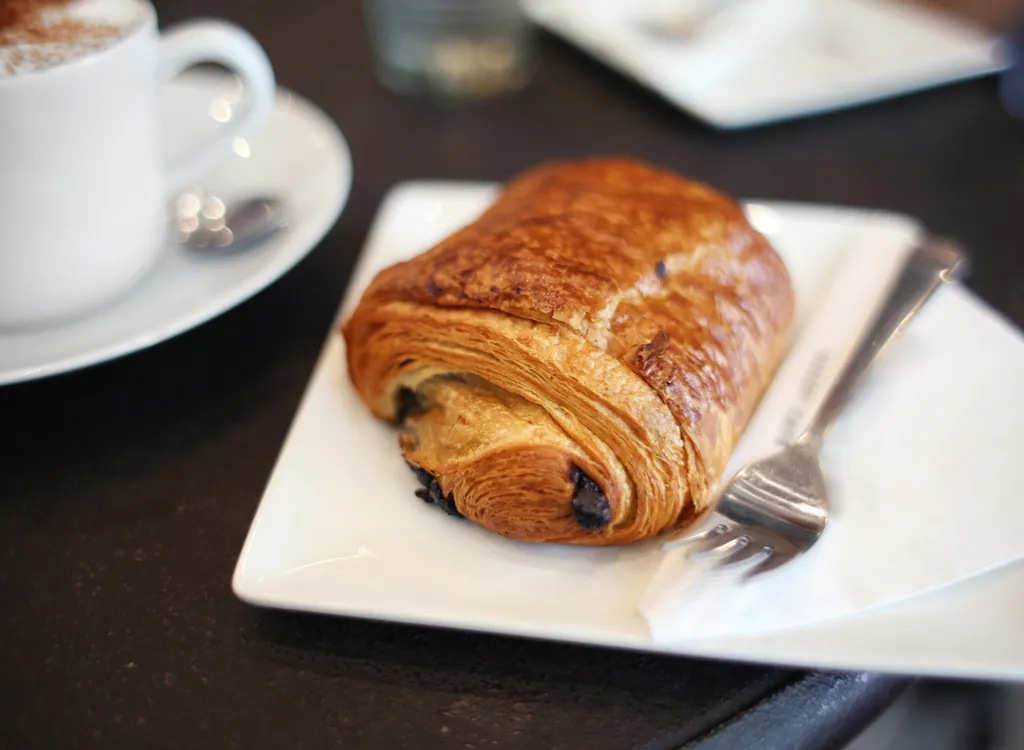

You don’t want to be cavalier about this important macronutrient. “It’s easy to load up on carbohydrates like bagels, croissants, and cereals for breakfast. But protein is a key factor in satiety and keeping your blood sugar stable for longer periods of time,” offers Hayim. “Compared to a high-carbohydrate meal, a high-protein meal is associated with a level blood sugar for up to three hours post meal consumption.” Check out the best foods for a high-protein breakfast and leave your first meal satisfied stat!
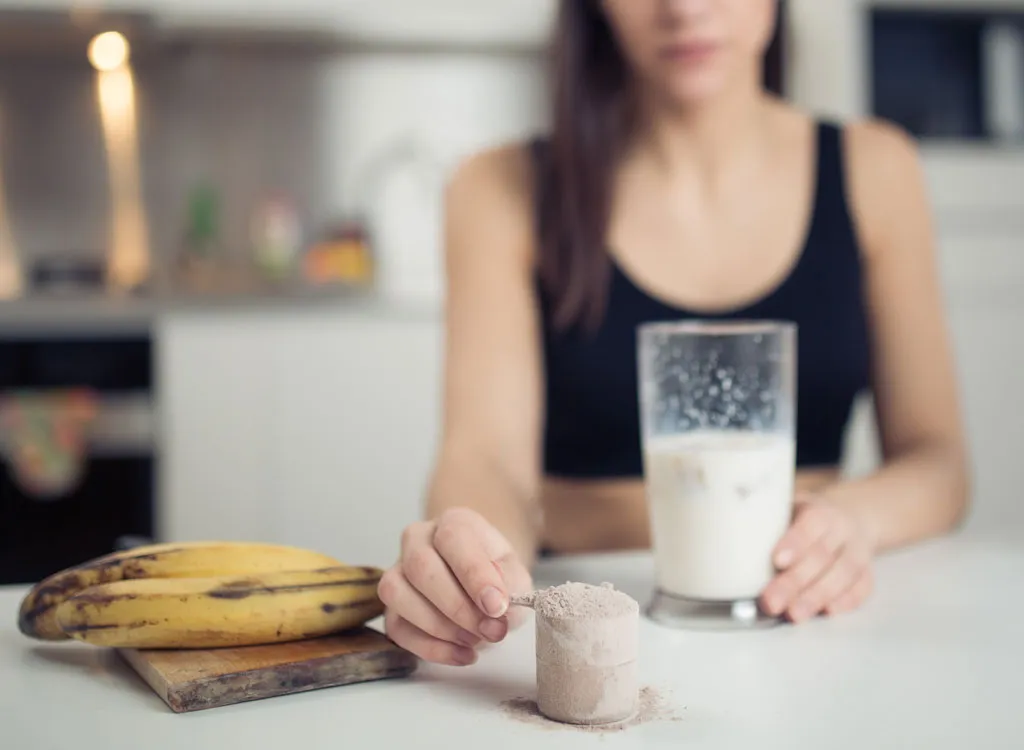

Protein is one of the most important macronutrients for building muscle and having satiety, but if you overdo it (0.45 grams per pound for men and 0.35 grams per pound for women), extra protein is stored as fat. What’s more, studies have shown that a diet high in protein—both plant-based and animal-derived—is linked to an increased risk of heart failure.


“This affects your waistline more than most people realize,” The Nutrition Twins reveal. “Every process in your body takes place in water—from helping to flush wastes from your colon to the efficient functioning of your metabolism. Also, inadequate water intake quickly leads to dehydration, and even being slightly dehydrated immediately impacts energy levels; this results in needing more naps and being less active, which in turn equals fewer calories burned, a bigger waistline,” and a slowed metabolism.
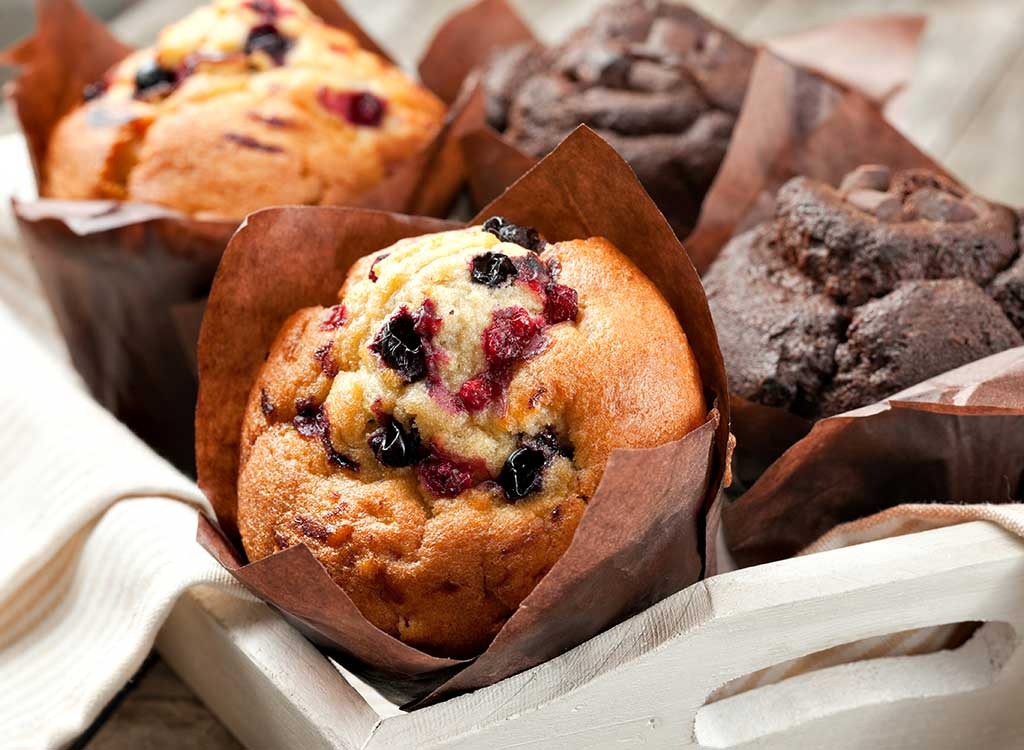

“Older generations hear words like ‘bran’ or ‘low-fat’ and instantly assume it’s the healthy choice,” says Hayim. Think again: “These foods, which can be high in fiber, are actually usually loaded with processed flour, high in sugar, and can be high in sodium too. Don’t be fooled by the name at the bakery counter or on the menu. Read the labels and always the ingredients.” Muffin tin recipes for weight control? Now those are tasty, flat-belly delights we can get behind.
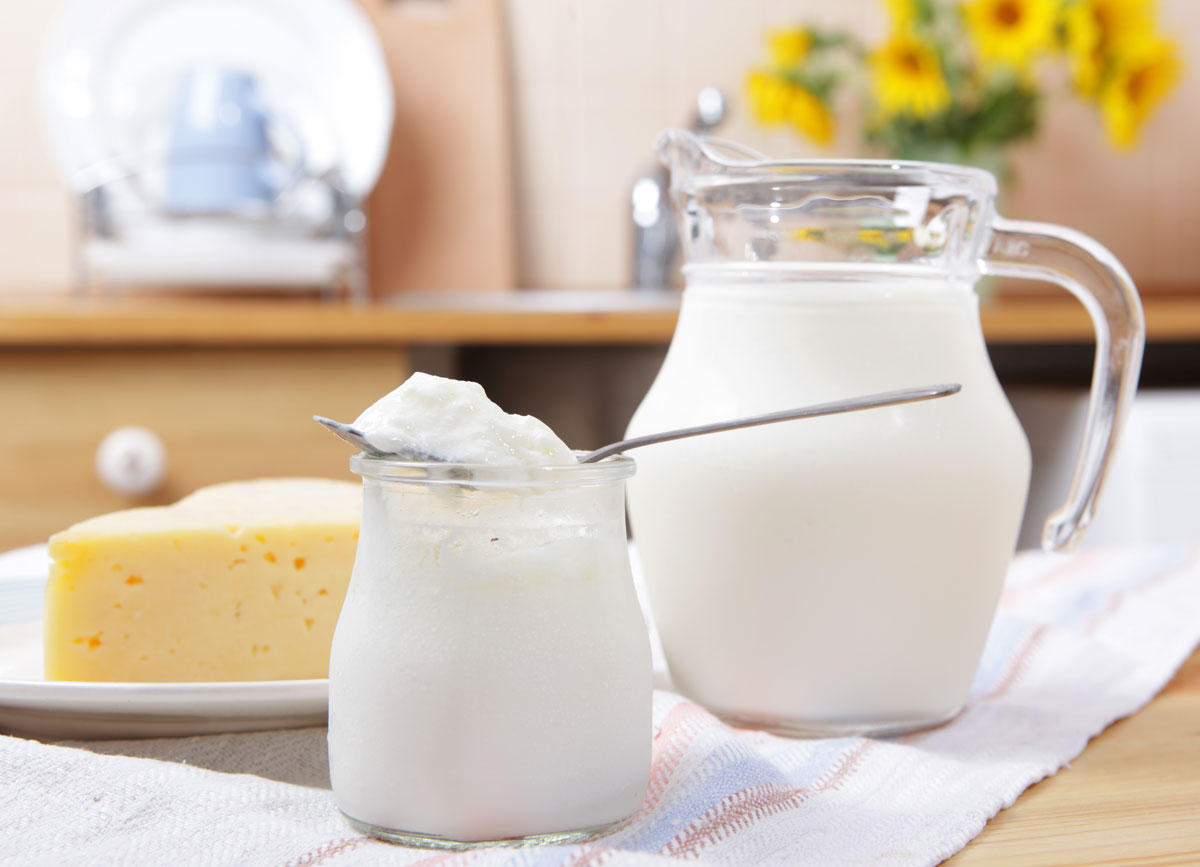

Got milk for breakfast? Most people do. And coupled with all the cheese, yogurt, and other dairy products we tend to guzzle down on breakfast, it’s definitely not helping us stay svelte. “Ditch dairy for breakfast to avoid bloating and long-term weight gain, along with other health issues,” suggests Hever. “Since 65 to 90 percent of the world is lactose intolerant, your body will likely respond to dairy in an inflammatory, belly-expanding way.” Try hemp, almond, soy or cashew milk in place of dairy milk in your smoothie or cereal bowl.
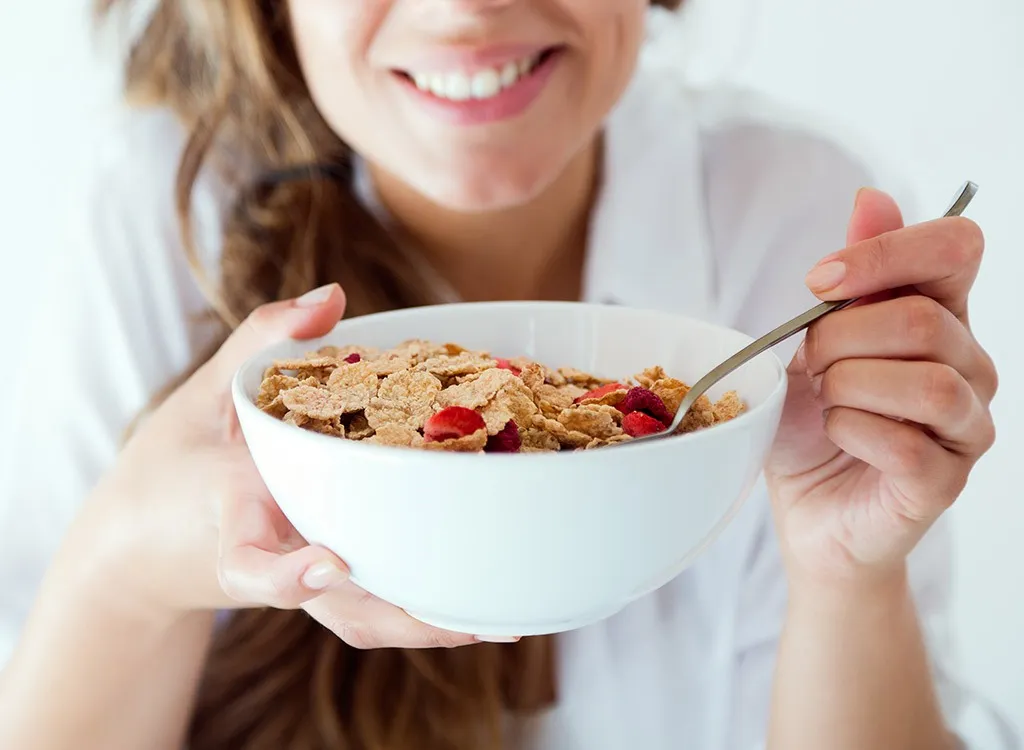

But hey, it’s whole grain! Not so fast. “‘Whole grains’ is a marketing term and can loosely be applied to foods if they contain some amount of whole grains,” warns Hayim. “Most often, though, the food may contain whole grains, but in addition to regular wheat, or white flour. These foods also have to maintain a long shelf life, so are pumped with preservatives, sodium, and artificial flavors and lack many of the needed vitamins and minerals.” Read the label and put the box back if you spot any of those red flag words!
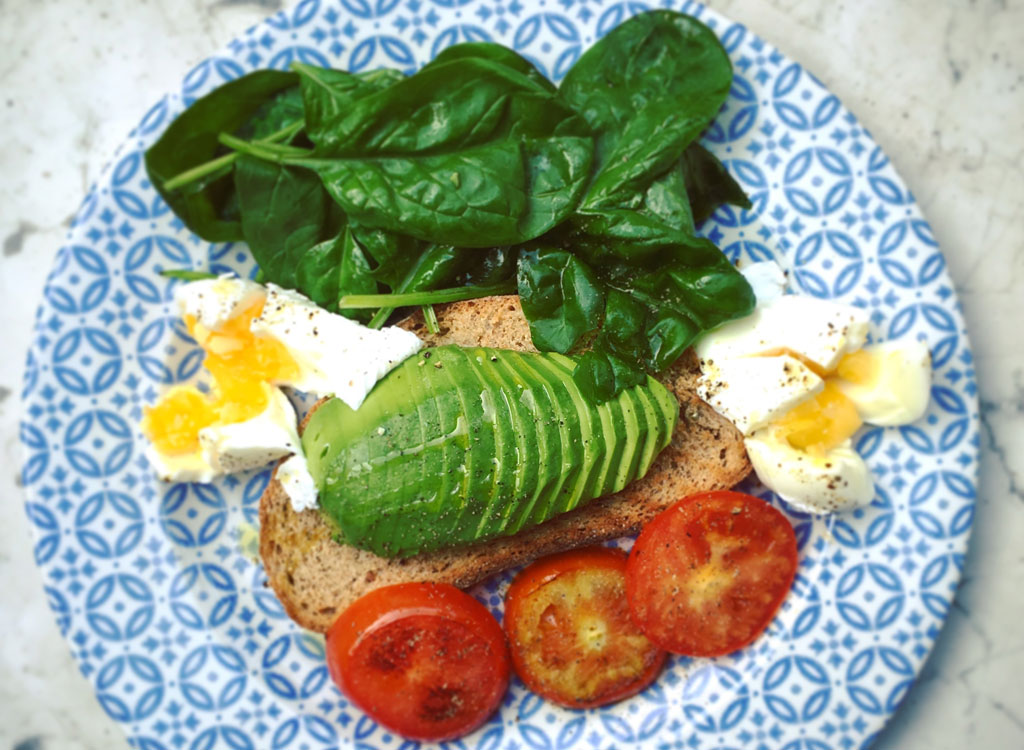

“Why is it that breakfast is always associated with dairy, eggs, bread, bacon, cereal, and fruit? What about vegetables? They get left out of the morning meal mix too often, and that’s bad news for weight-conscious consumers,” advises Liz Weiss, MS, RD of Meal Makeover Moms. “Vegetables are the perfect fit for a healthy breakfast. They’re naturally low in calories, filled with vitamins, minerals, and antioxidants, and they’re rich in fiber, which is filling and satisfying. Some of my favorite easy and flavorful ways to boost your veggie intake at breakfast: Add sauteed spinach and bell peppers to omelets; mix pureed pumpkin into pancakes; blend baby kale and cucumbers into your ‘green’ smoothie; or do what the Europeans do and roast mushrooms and cherry tomatoes and serve them as a side with your favorite savory breakfast.” Is your mouth watering now?
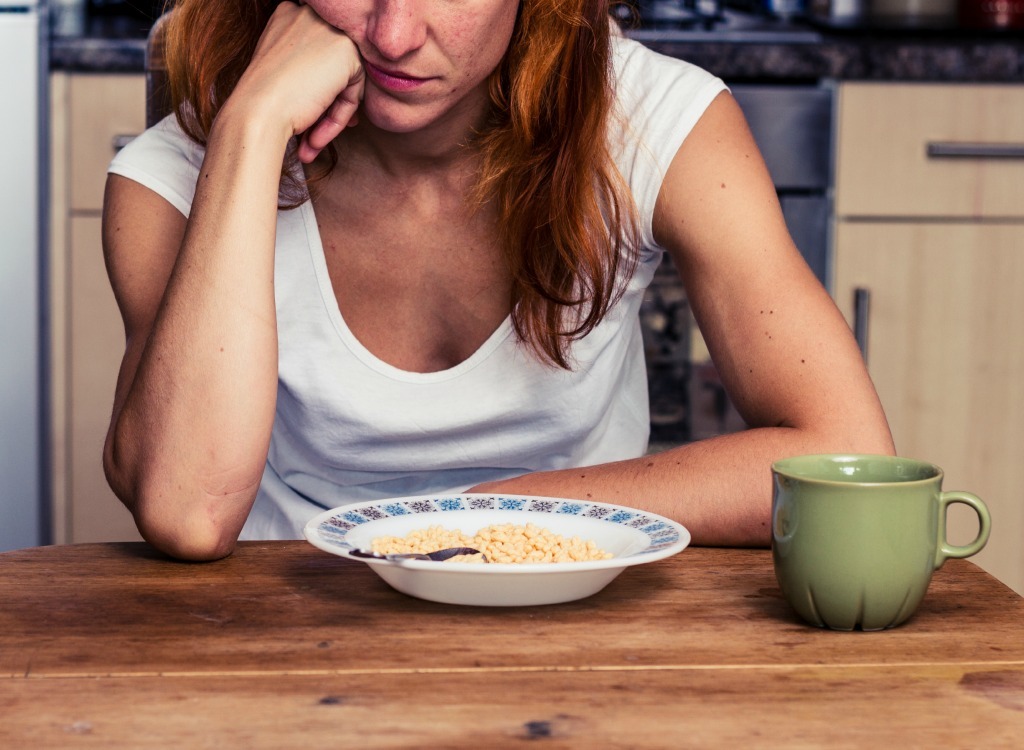

“When you eat the same thing over and again, you’ll get bored. And then your time spent eating—one of life’s greatest pleasures—is less fun,” says Scritchfield. “Variety is the spice of life and it helps make sure you get a variety of nutrients as well. I like to bust food ruts with non-traditional breakfast ideas like tuna with avocado or black beans with an egg on top.”
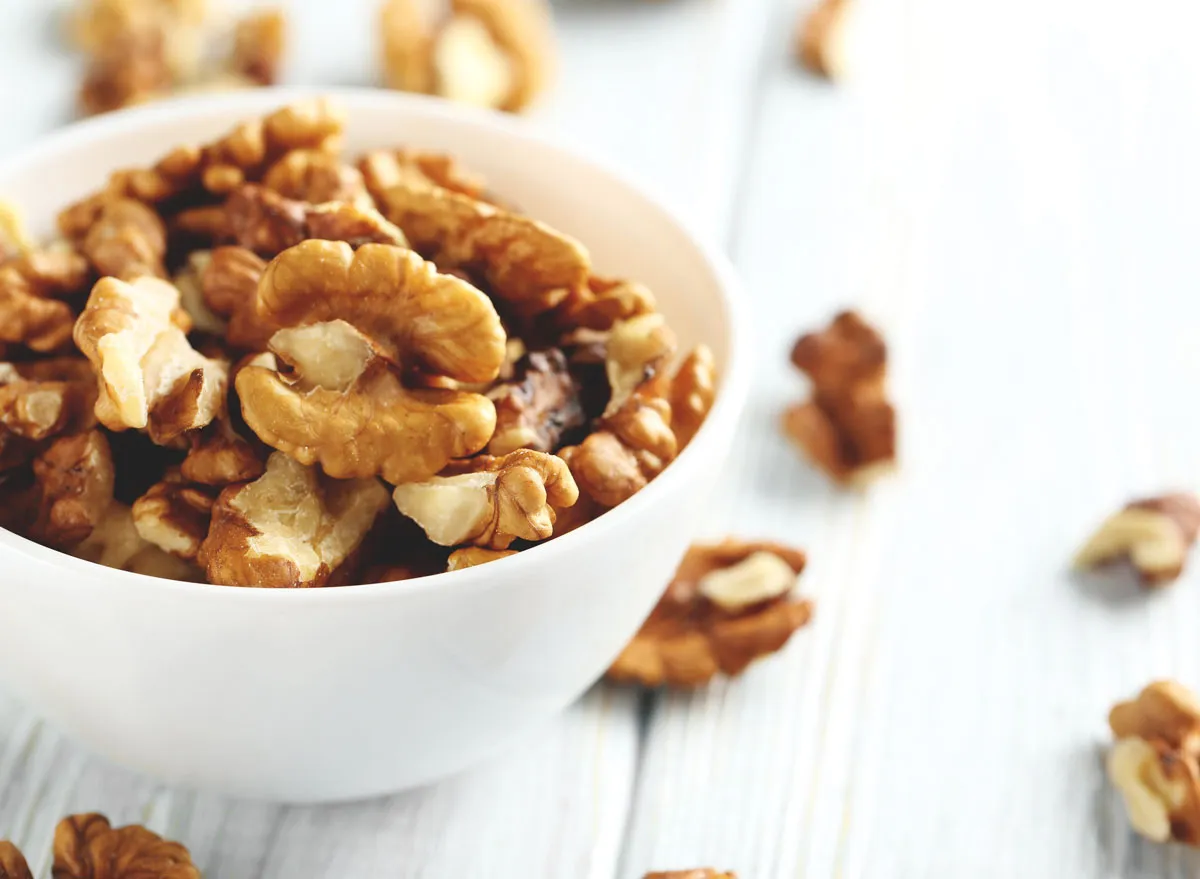

If you’re in a pinch, you can do better than grabbing a few walnuts from a bag and pretending the brain-healthy, waistline-healthy choice is all you need. “Nuts are healthy and contain vitamins, minerals, and good-for-you fats, but they don’t contain carbohydrates,” say The Nutrition Twins. “Your brain and muscles need carbohydrates for fuel. Without carbs, you’ll feel exhausted and like you need to nap. You also may crave an energy pick-me-up and turn to the first thing you find: sugar!”
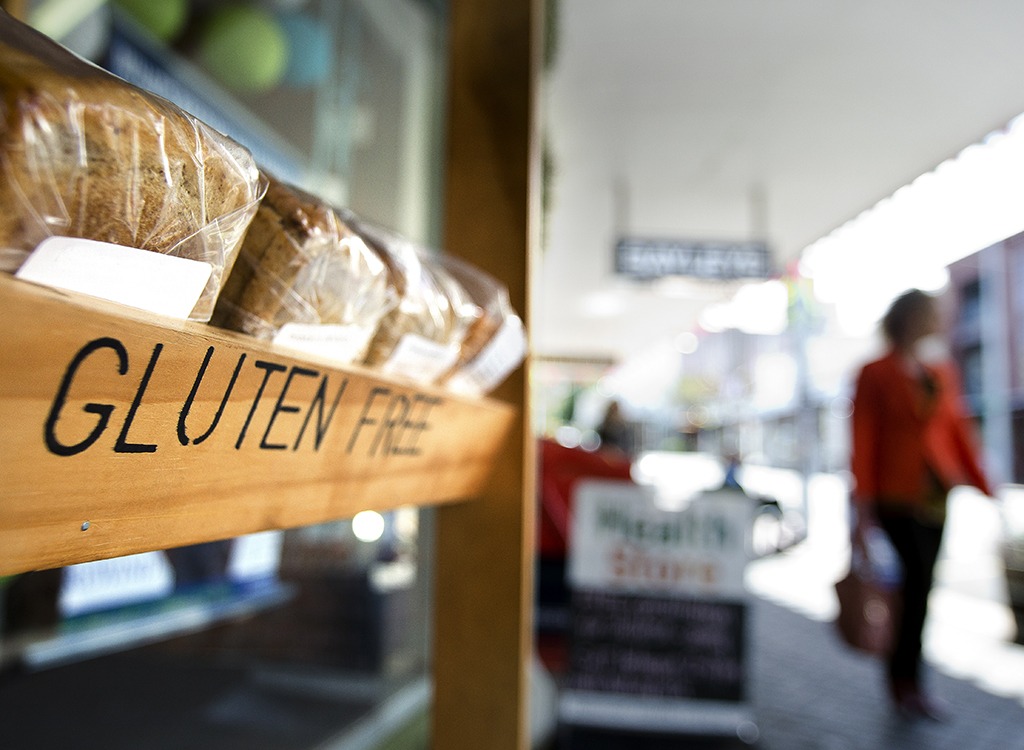

Contrary to what you may think, not all gluten-free products are healthier than their wheat counterparts. In fact, most gluten-free breads are made with blood-sugar-elevating refined grains, white rice, and potato flour. So if you have celiac disease or have a gluten sensitivity, choose gluten-free breads with a mixture of seeds and naturally gluten-free whole grains, like amaranth and millet.
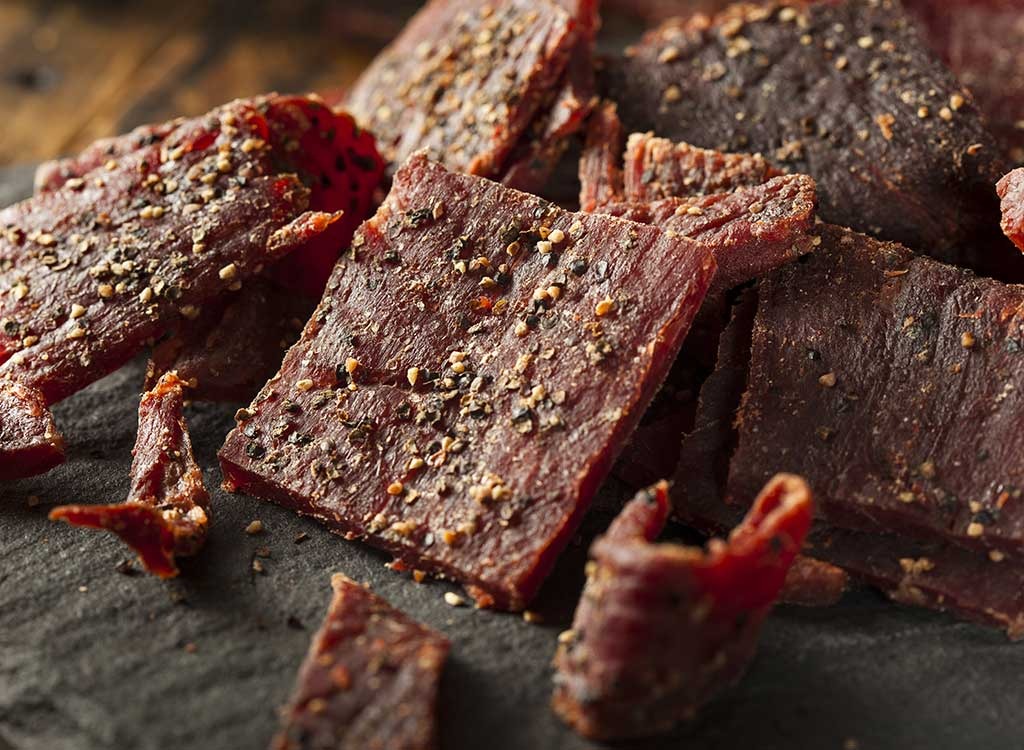

“While this easily tote-able food quickly gives you access to some protein on the run, most jerkies are chock full of sodium to preserve the meat,” says Lewis. Yuck, indeed. “All of this sodium causes water retention and bloating—not to mention the long-term effects of high blood pressure!”
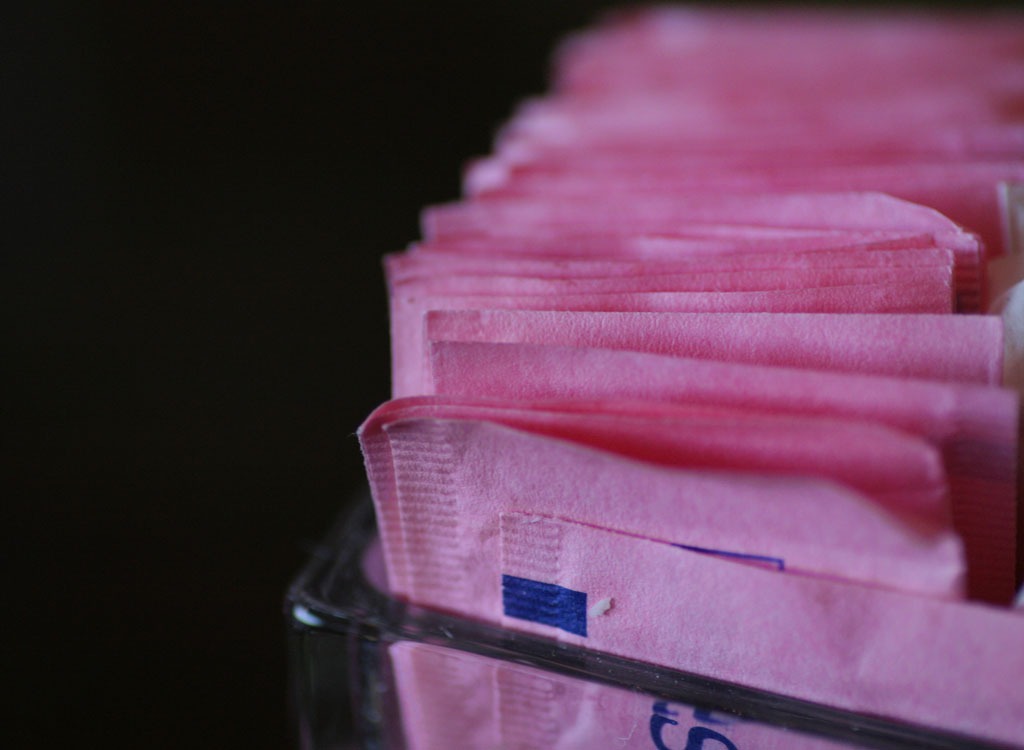

“While they are ‘generally regarded as safe,’ artificial sweeteners are synthetic and unnatural, have much-disputed and unknown negative health consequences, and are much sweeter than natural sugar, which makes other foods seem less sweet by comparison,” Lewis explains. “Instead, use real sugar, but in moderation.”
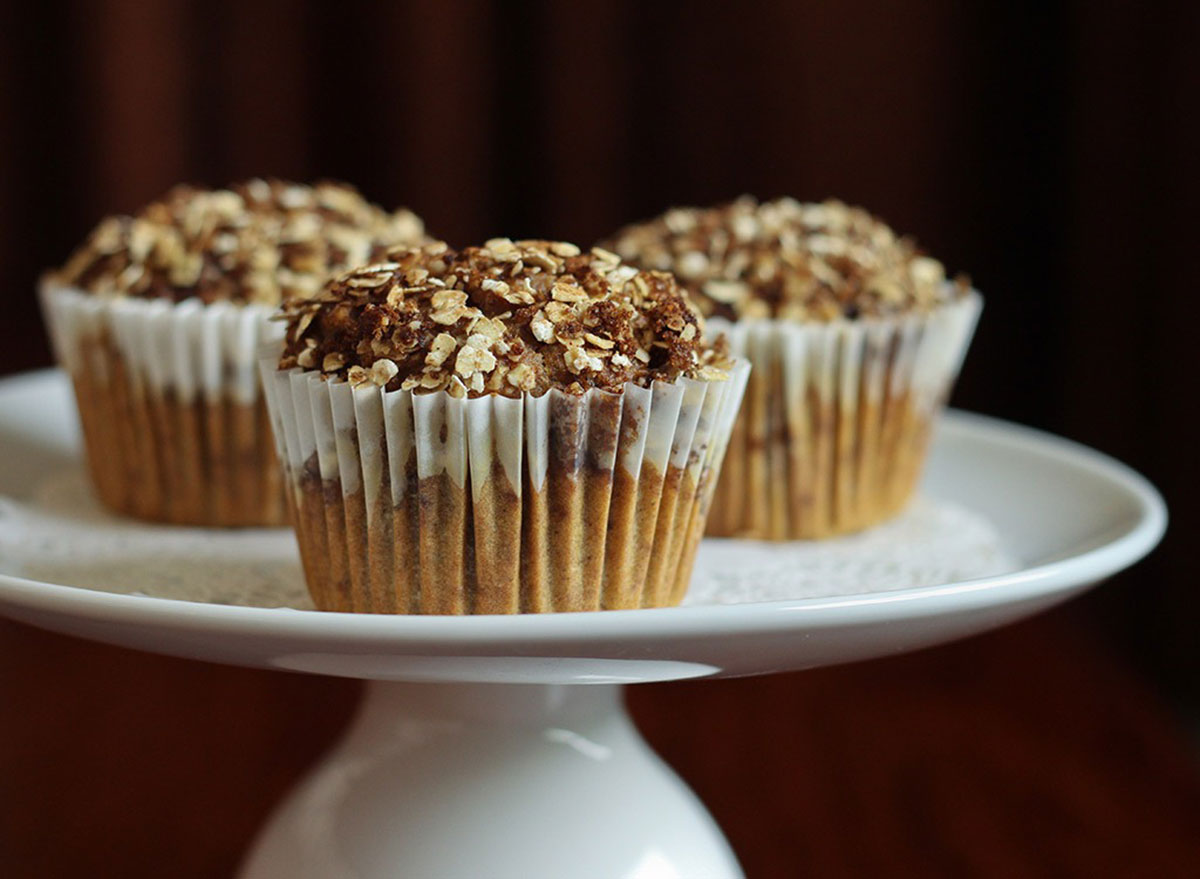

Morning. Groggy. Lazy. Oh, hey loaf of double chocolate banana bread. Translation: Where you store your food could be ruining your healthy breakfast goals. “Ever heard of out of sight out of mind? Well, you can’t eat the things you don’t have, and you’re less likely to eat them if they aren’t right in front of you,” shares Lewis. “Instead, place bowls of fruits and veggies out on the counter instead of unhealthy snacks. Even better, pre-cut and prep fruits and veggies the night before so you can grab them [from the fridge] as you run out the door.”


Yep, it’s influencing your healthy breakfast goals. “Research has shown that missing even just a single night of sleep can really wreak havoc on the way your appetite hormones work; one night of poor sleep can make you feel hungrier than usual the next morning,” says Lewis. “So, make sure you are getting six to eight hours of sleep a night. Start by turning down lights and powering down your electronics about an hour before bed.”
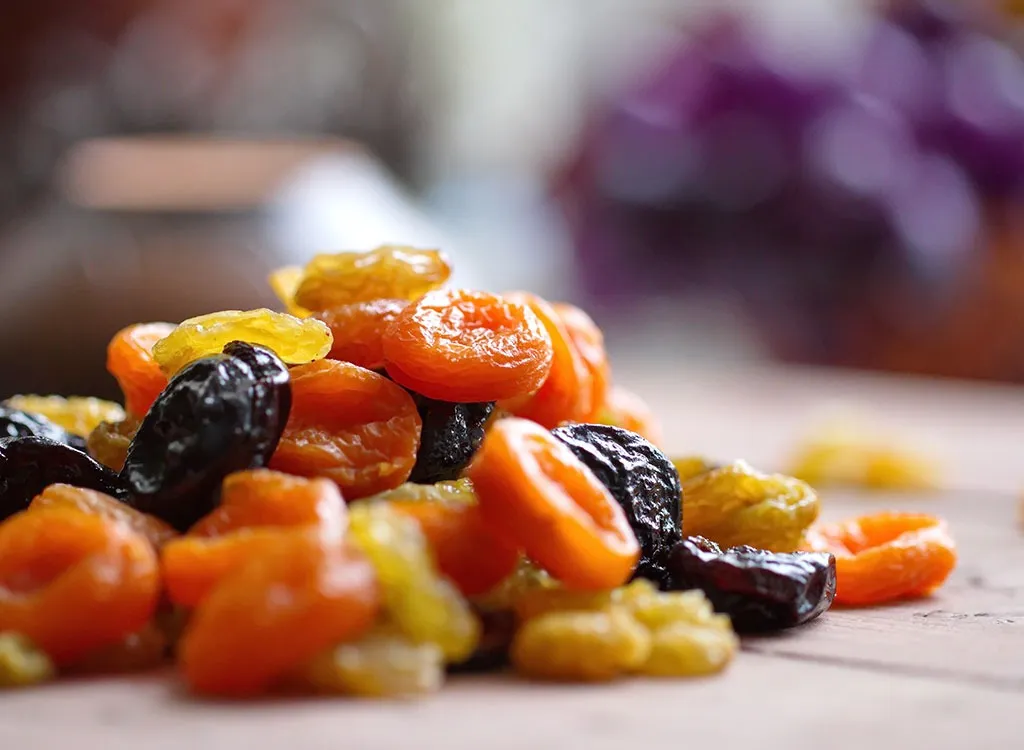

Dried fruit makes a great fiber-rich topping for oatmeal and a wonderful addition to homemade granola bars. But because the fructose (sugar) in fruit gets more concentrated when dried out, a little goes a long way. Plus, many companies infuse dried fruits with added sugars. So if you would like to add a touch of sweetness to your breakfast, be sure to use a light hand with dried fruits or go for fresh fruit instead. Want more advice on how to tame your sweet tooth? Grab a copy of The 14-Day No Sugar Diet today. It’s filled with healthy swaps, restaurant guides, cooking tips, recipes, and much more.
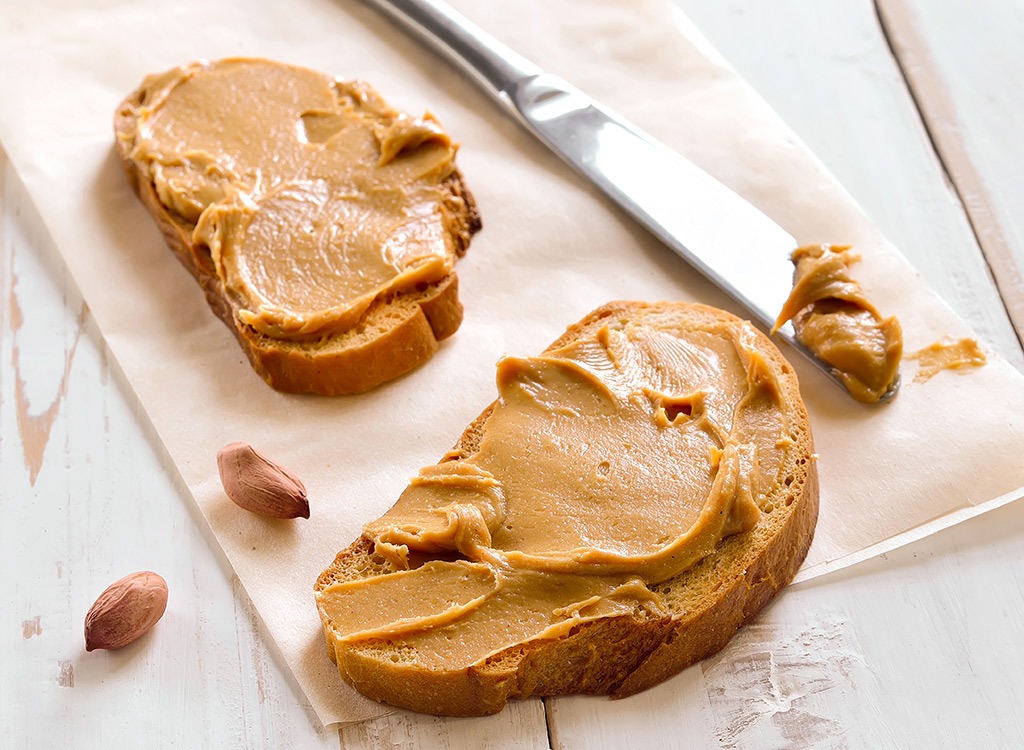

Whether you like it creamy or crunchy, peanut butter is one of the best muscle-building foods you can enjoy after your morning sweat sesh. But even good foods like peanut butter can be bad for you if you opt for the wrong kind. Processed peanut butter is loaded with added sugars and unhealthy oils. Low-fat peanut butter also pack in added sugars to make up for the lost fat. So the next time you want to make PB toast or add a scoop to your smoothie, make sure to go for the natural peanut butter jar instead.
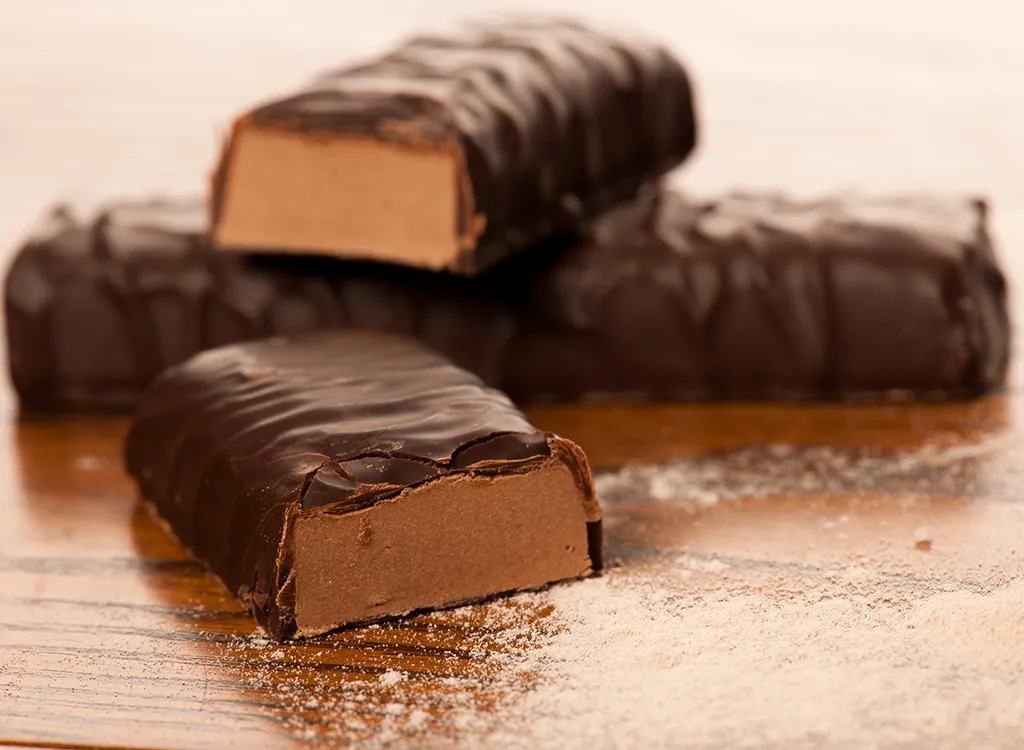

When it comes to nutrition, not all protein and granola bars are created equal. Some protein bars are nothing short of a candy bar, especially if they’re packed with chocolate and sugar. Many protein bars may actually have more carbs than the hunger-curbing macro, so you might be left feeling less than satisfied after eating one. Stick to low-sugar protein bars with no more than 13 grams of sugar and no less than 8 grams of protein.
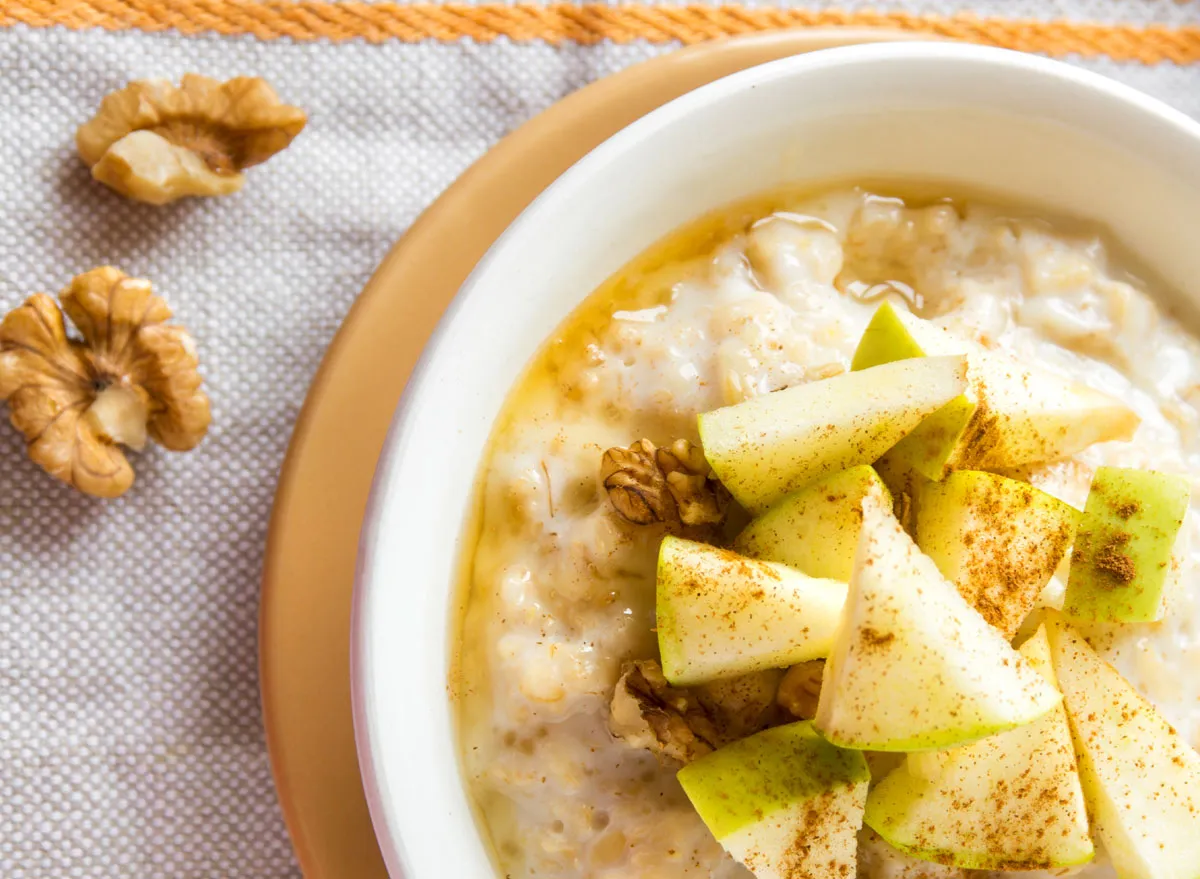

“You do you” is a phrase we can wholeheartedly get behind, but chances are you do oats the way-too-sugary way. “Many clients come to me boasting about their oatmeal breakfast choice. To my dismay, I oftentimes learn it’s the ‘brown sugar’ or even a harmless-sounding flavor like ‘apples and cinnamon,’ that’s throwing off their healthy eating habits,” says Hayim. “Flavored oats can contain upwards of 20 grams of added sugar and cause you to crave sweets throughout the day. Instead, make your own oats, add your own fruits, and control for any added sugar or flavoring you wish to add.”
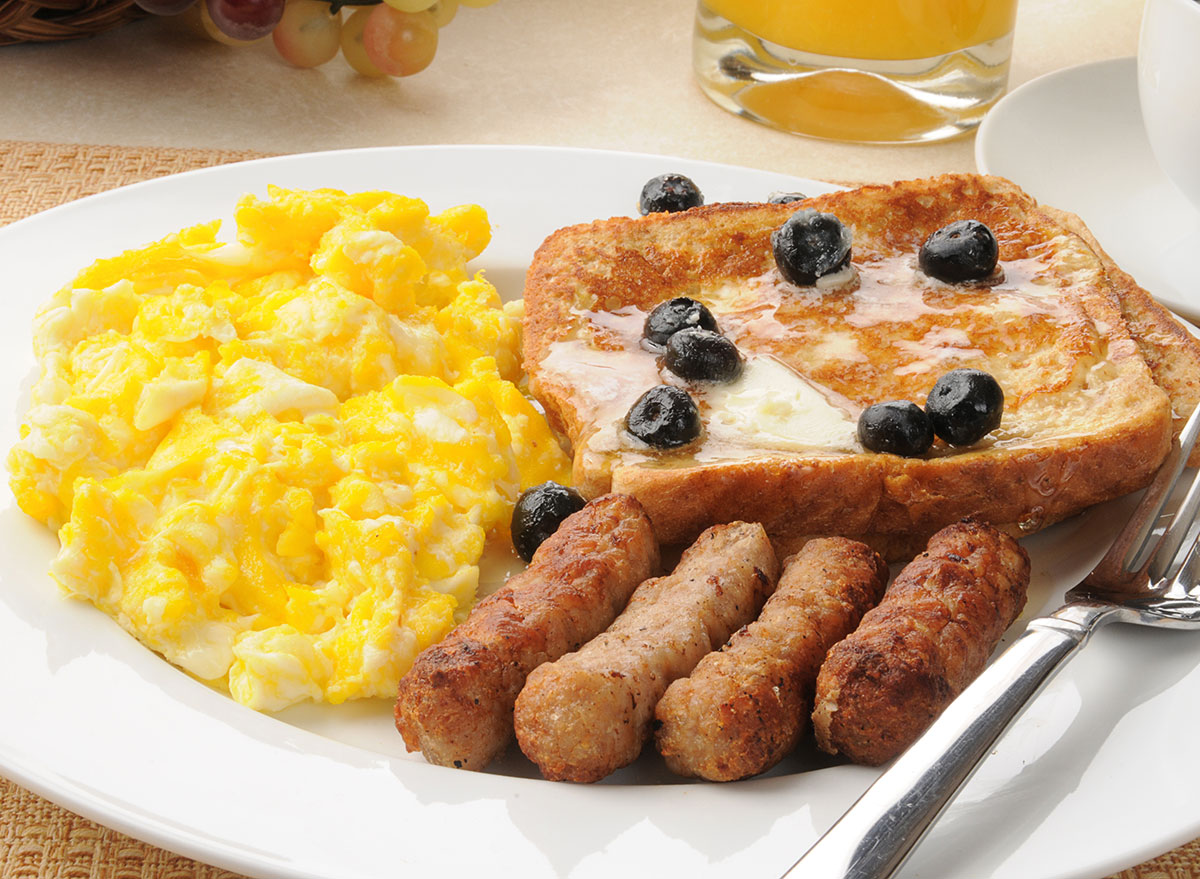

Research suggests that people who suffer from obesity often opt for larger plates. Remember to practice portion control by choosing smaller serving plates. And it’s not just how big your plate is but how you place food in it. For breakfast, set veggie scrambles front and center with lean protein and toast on the sides.
Source:









